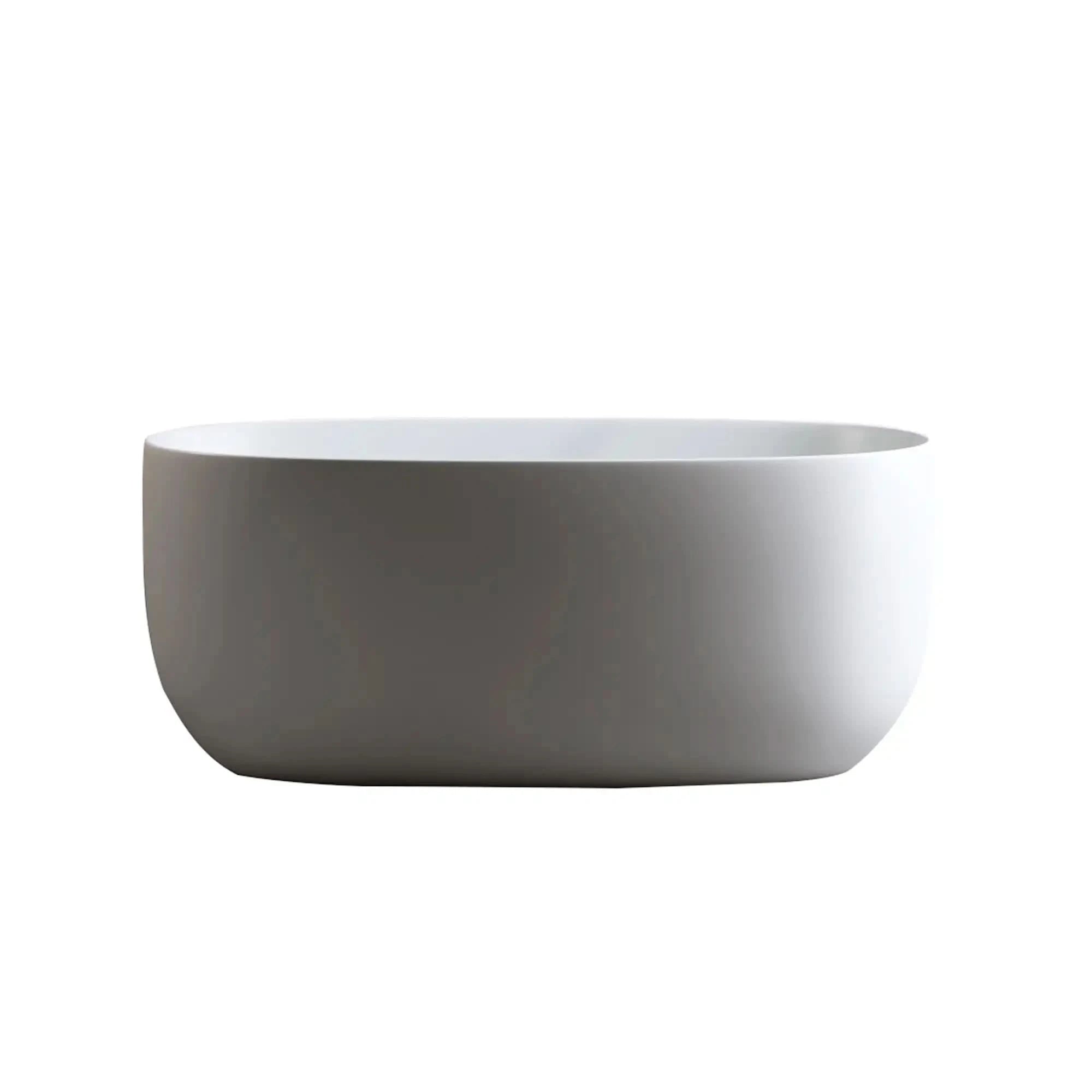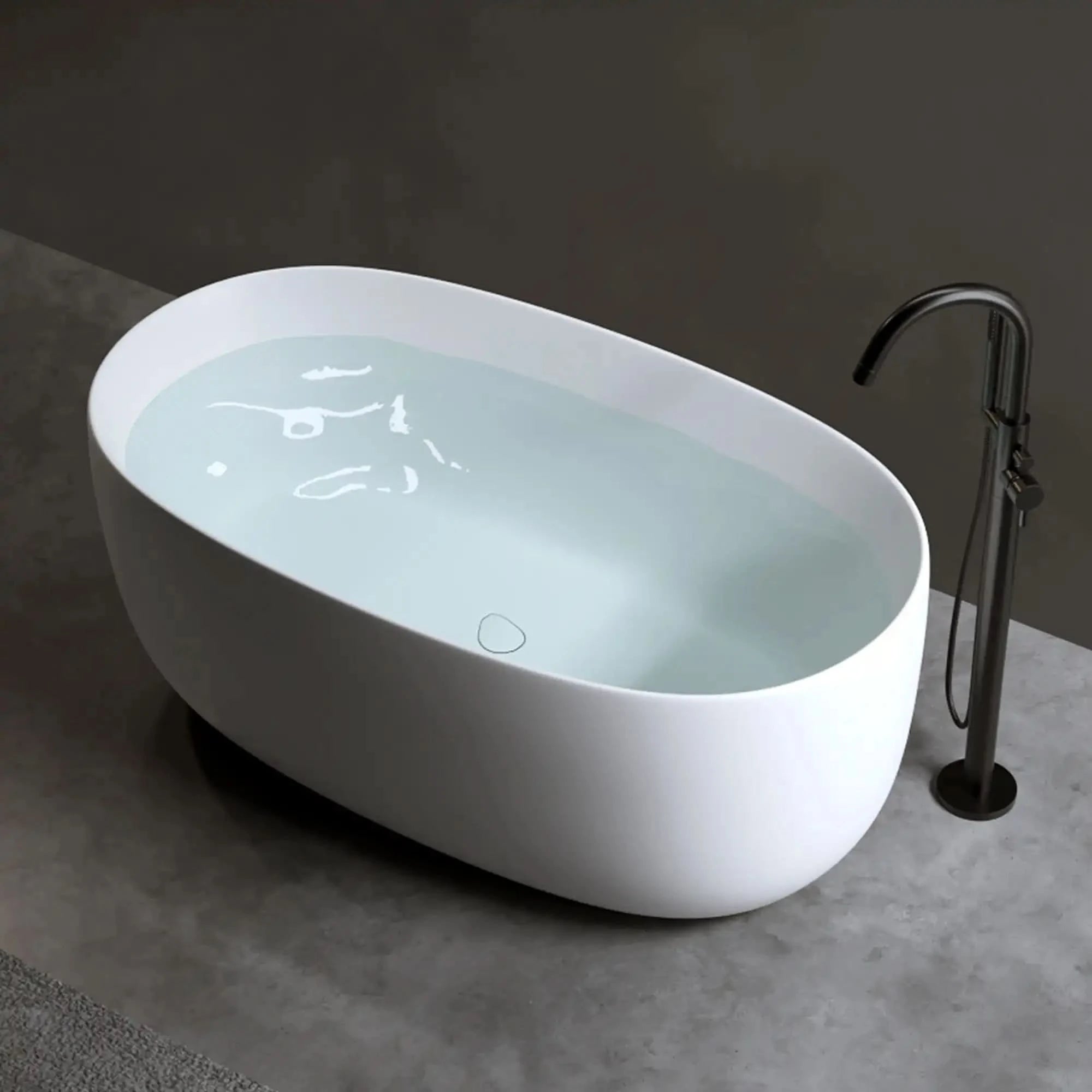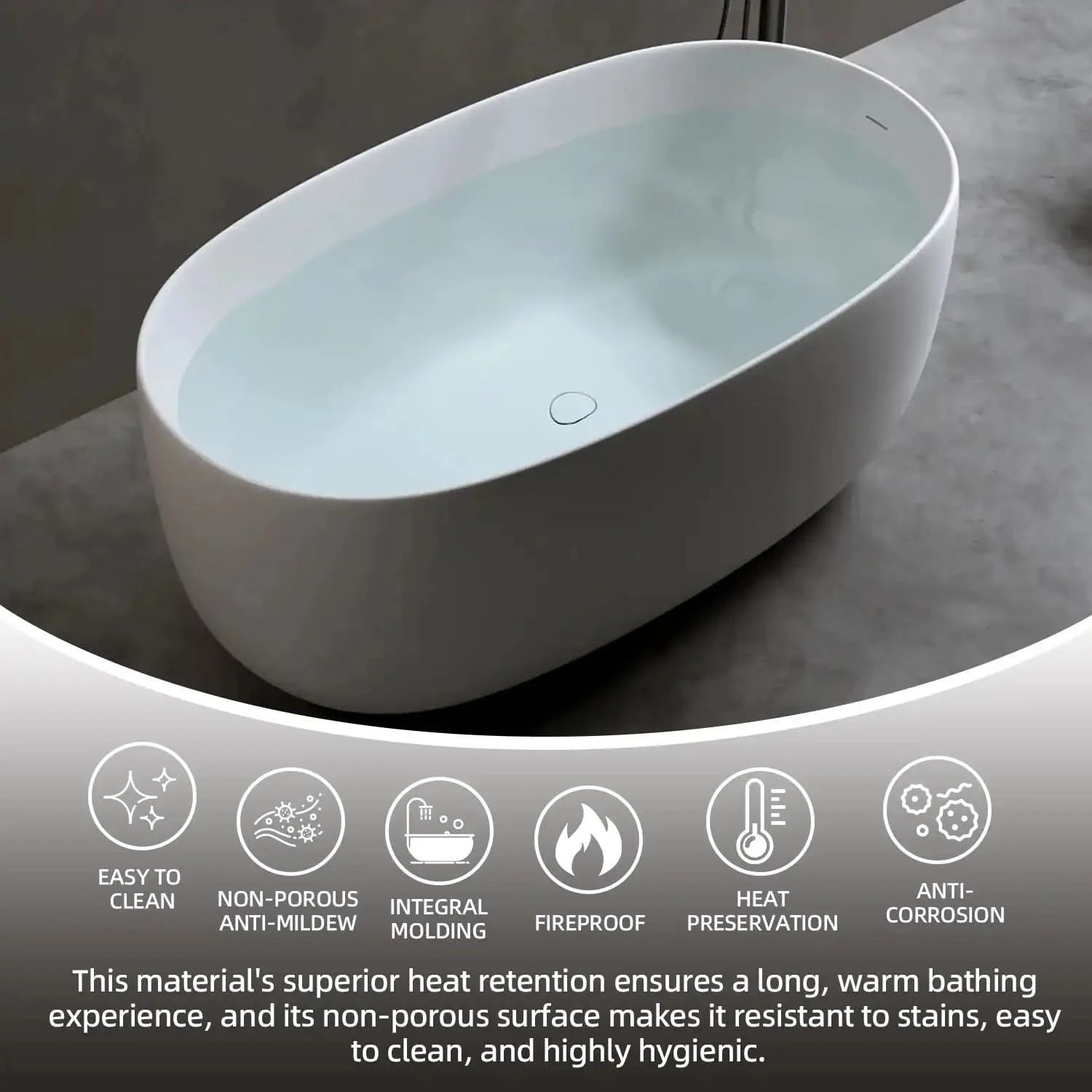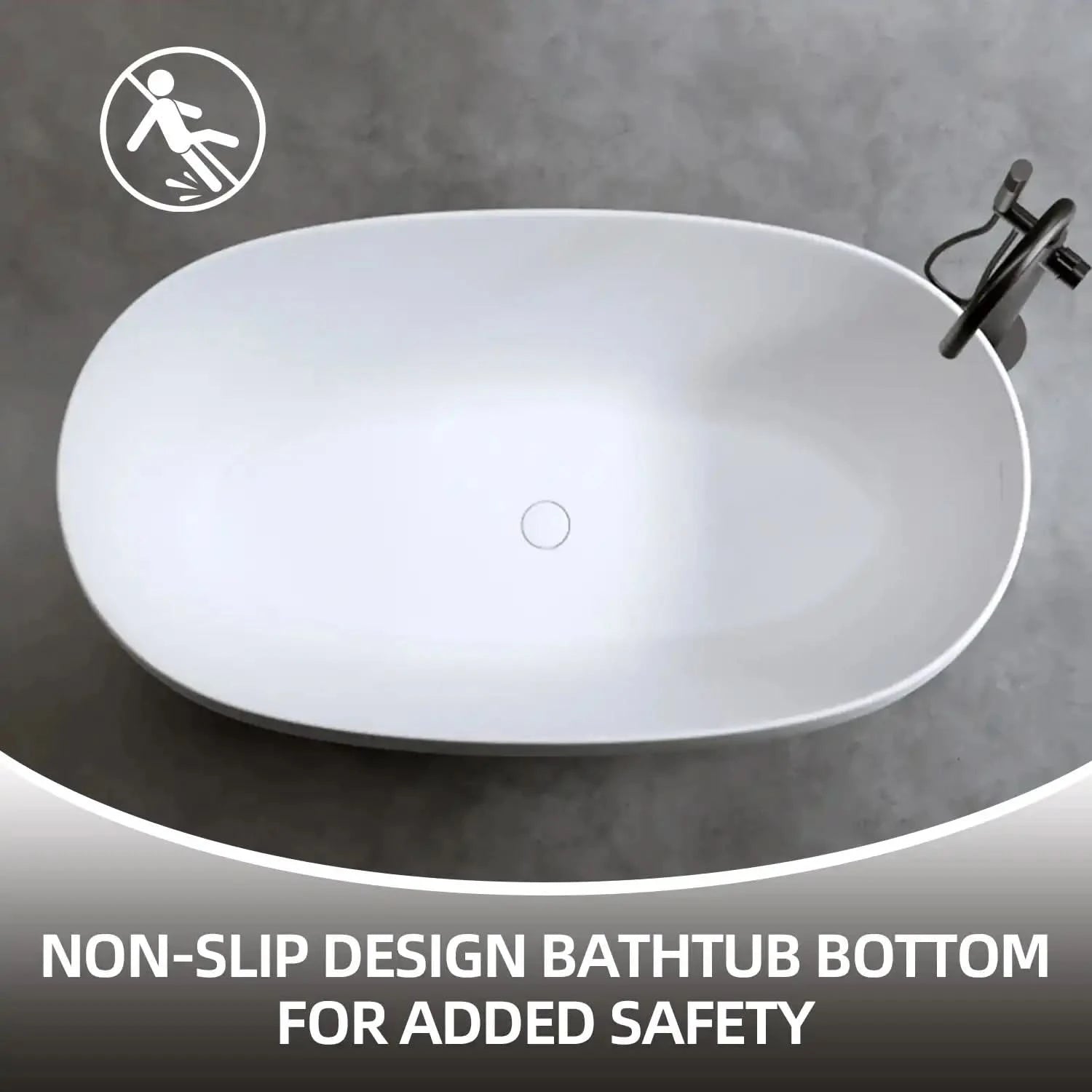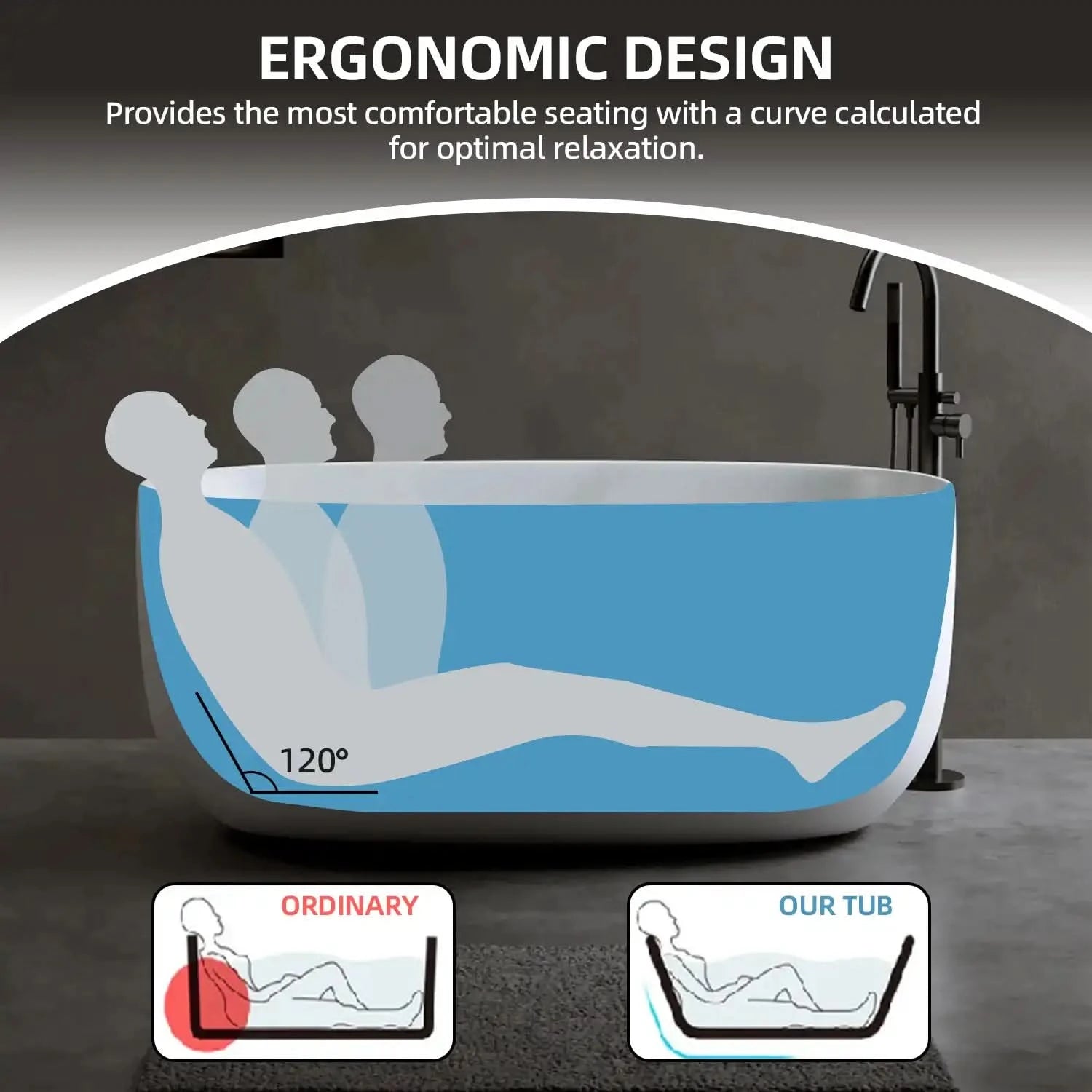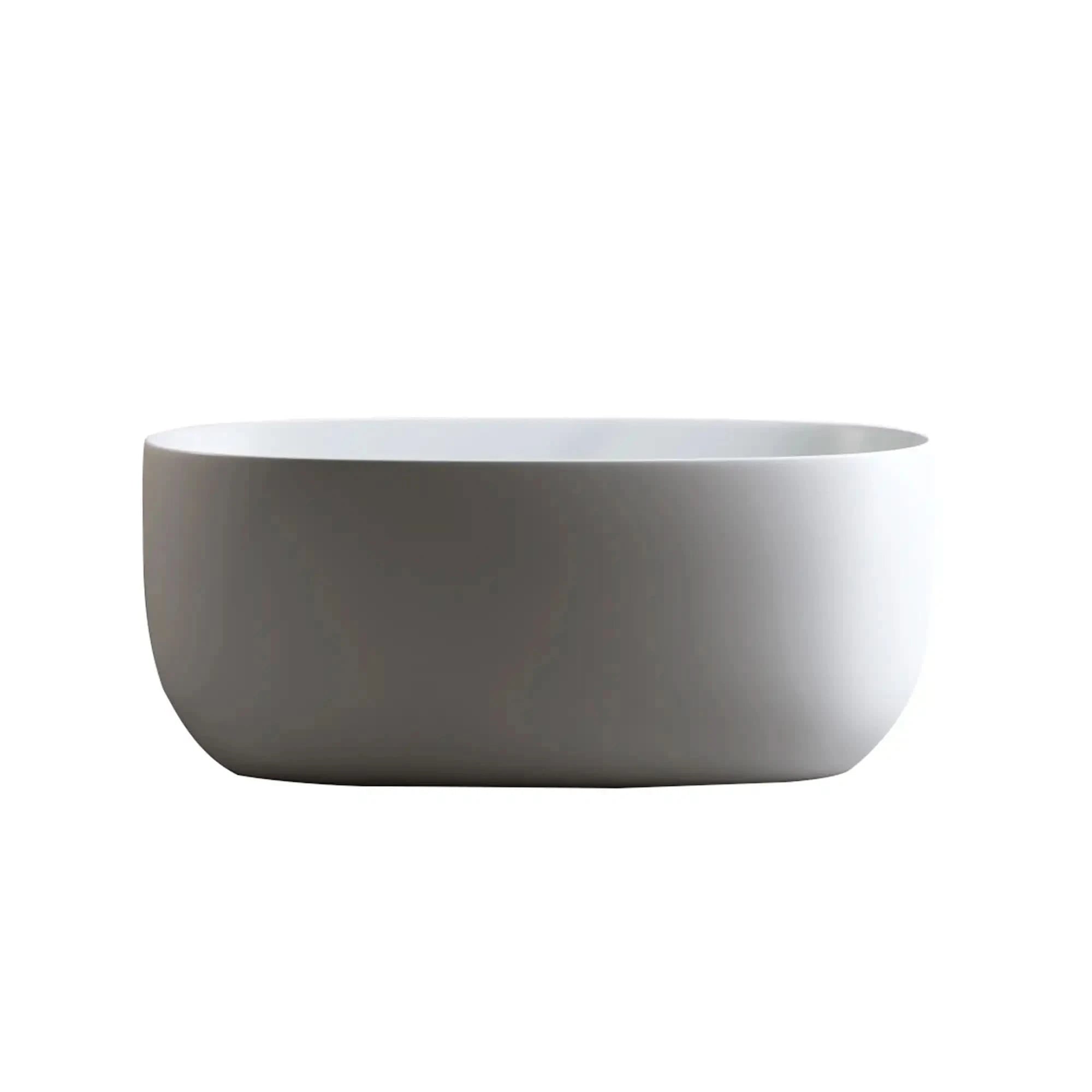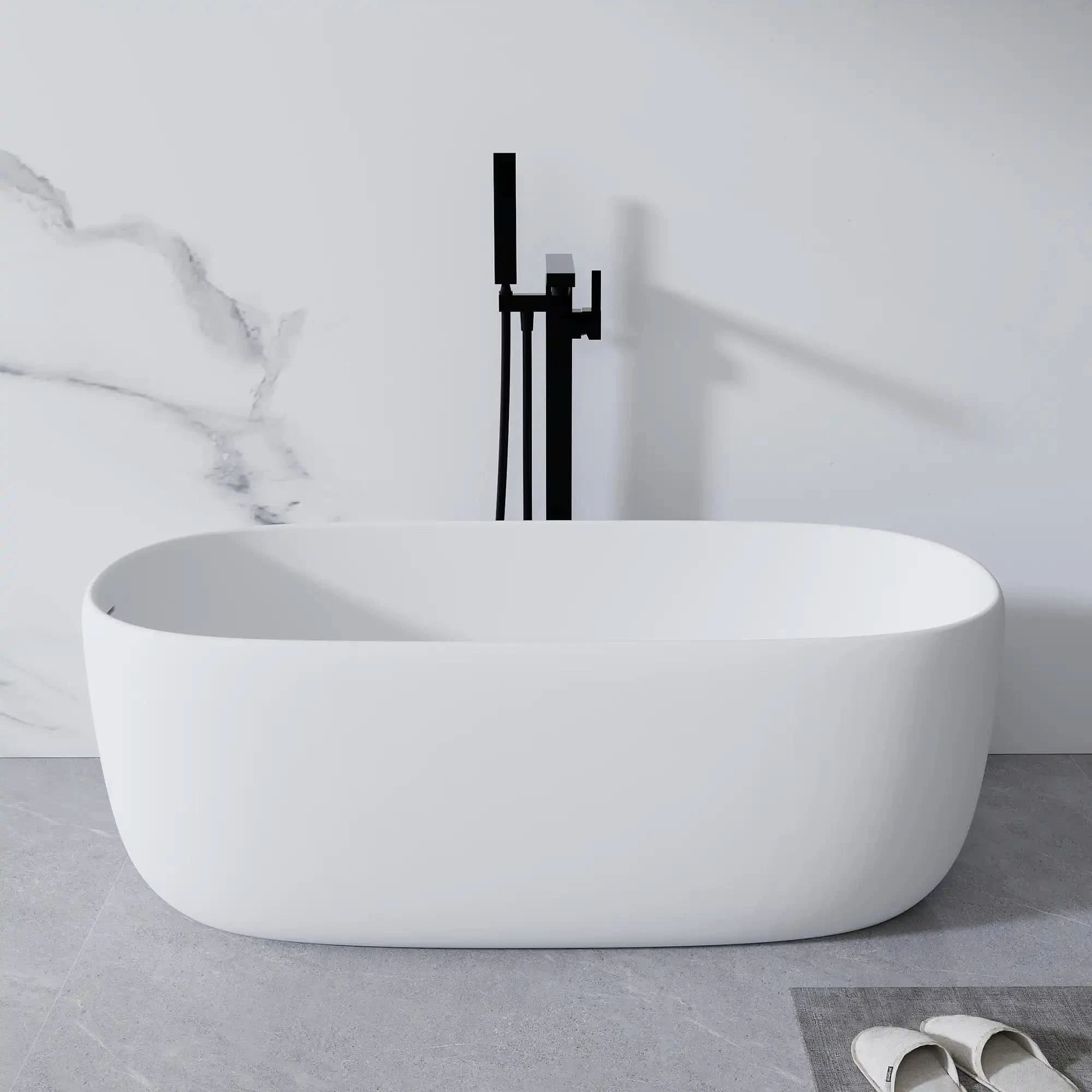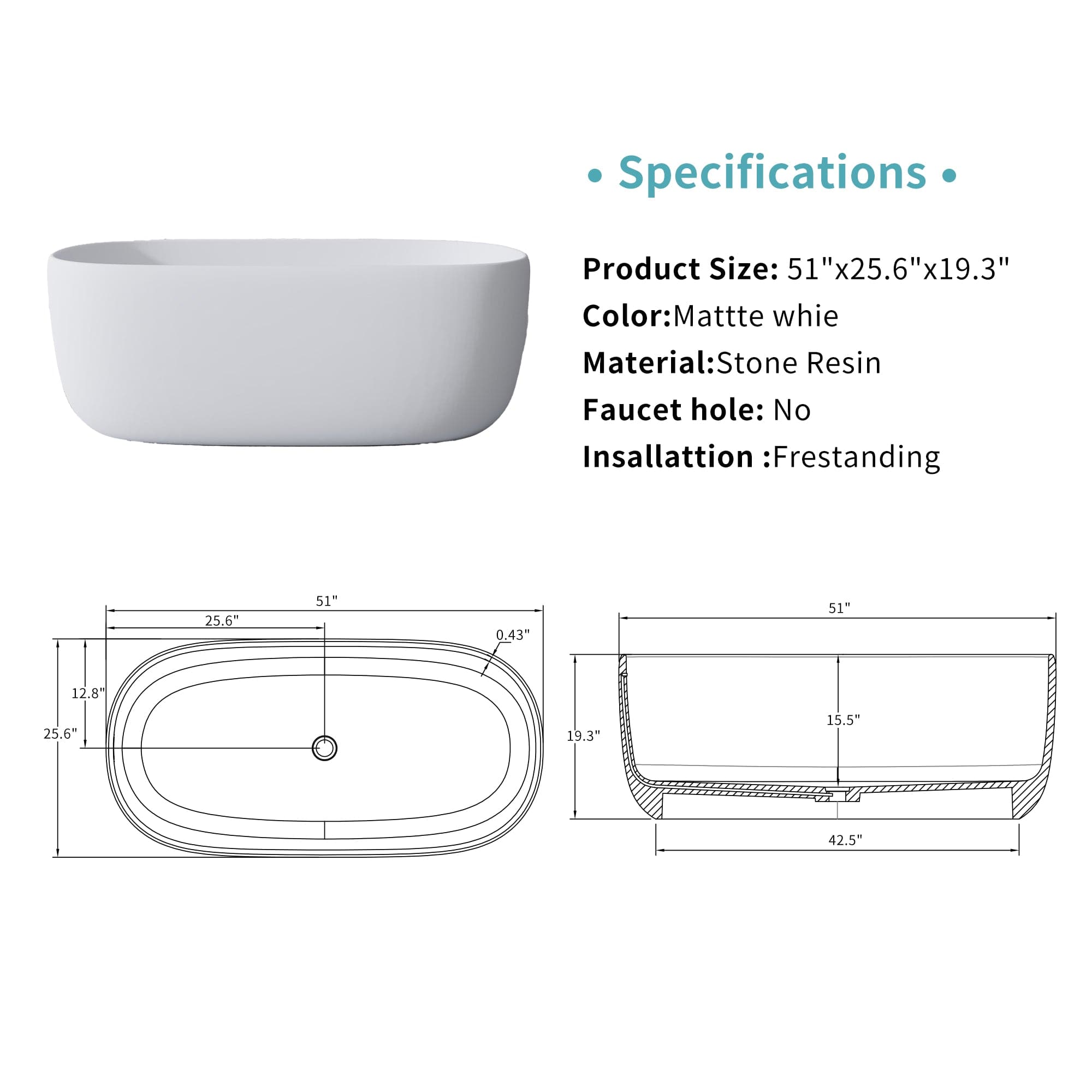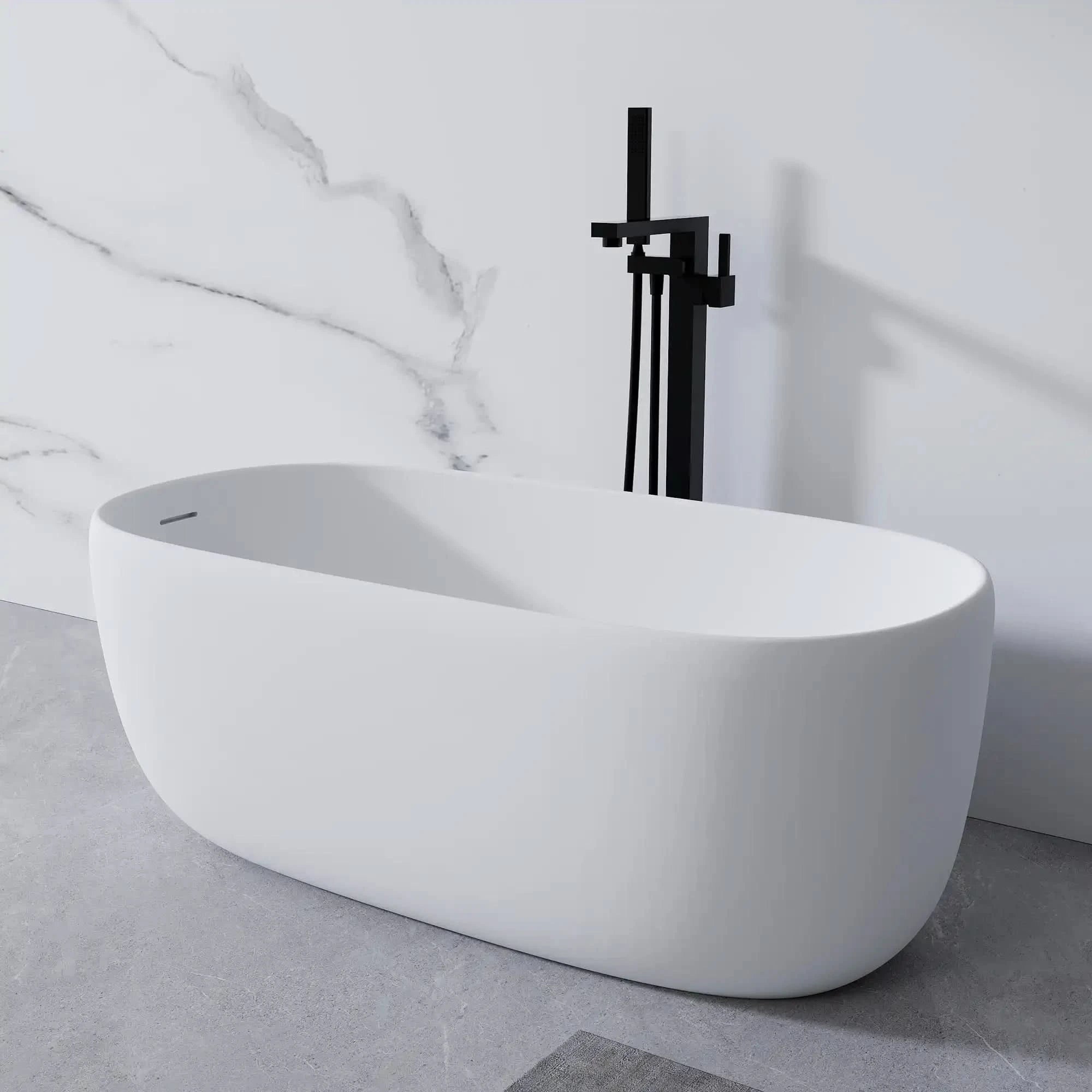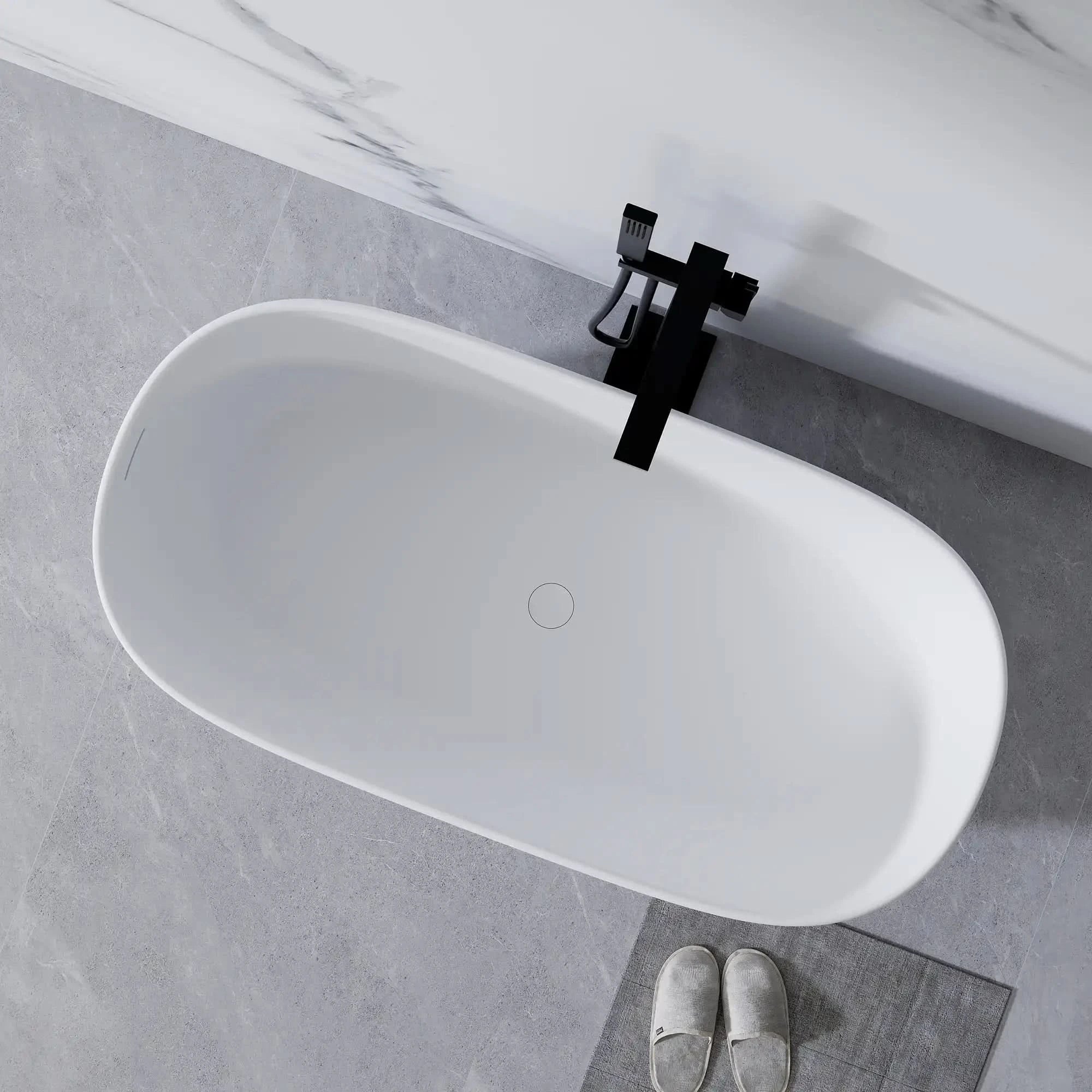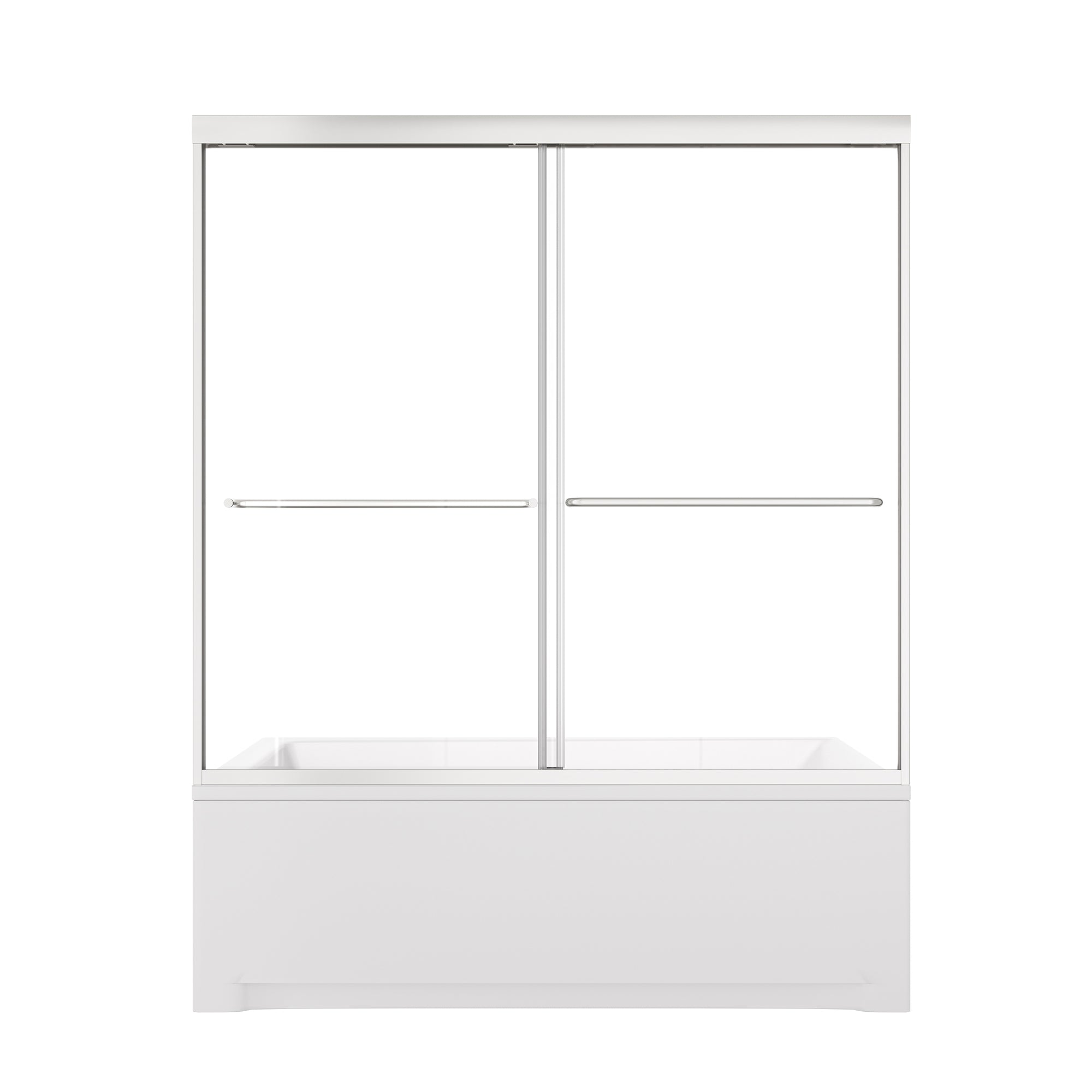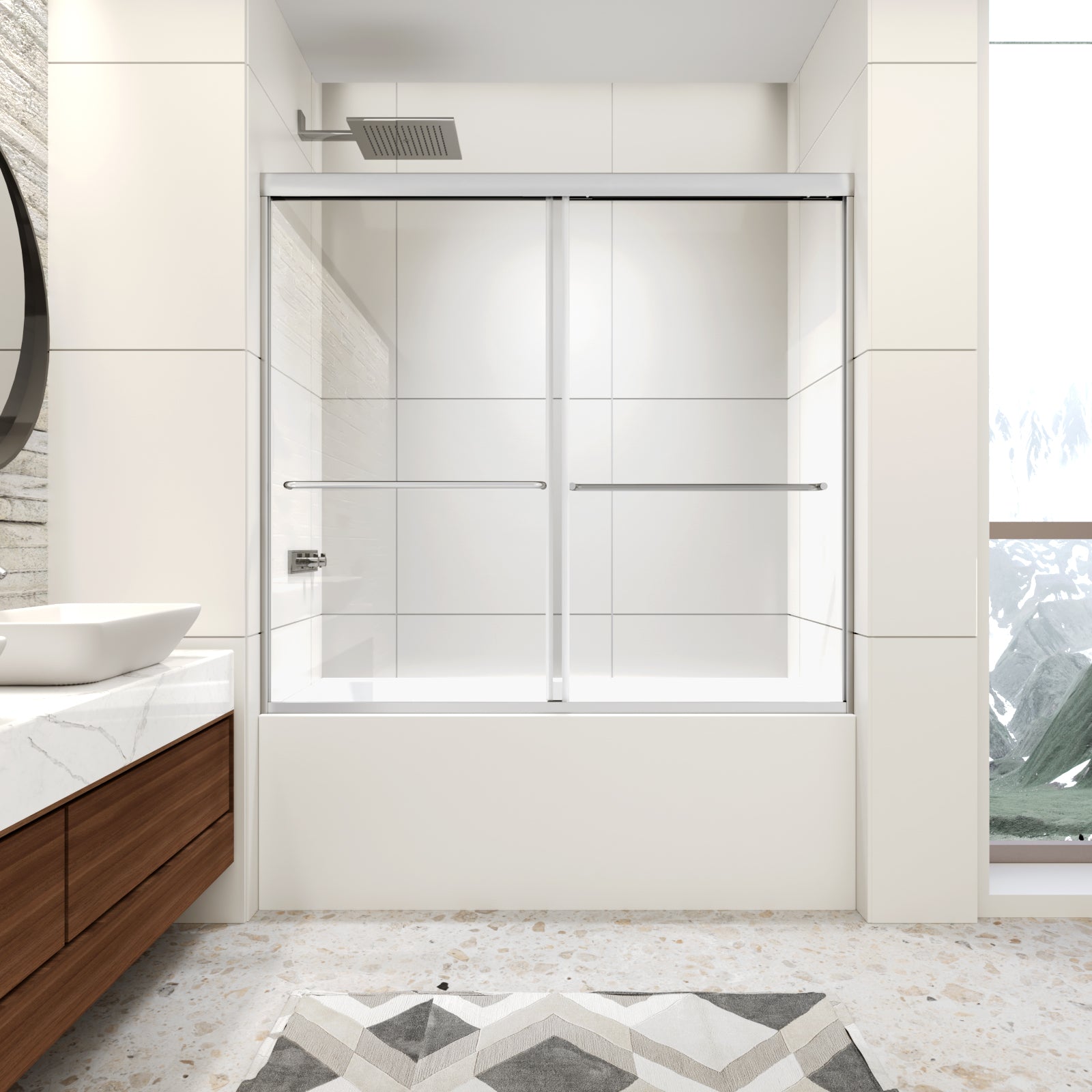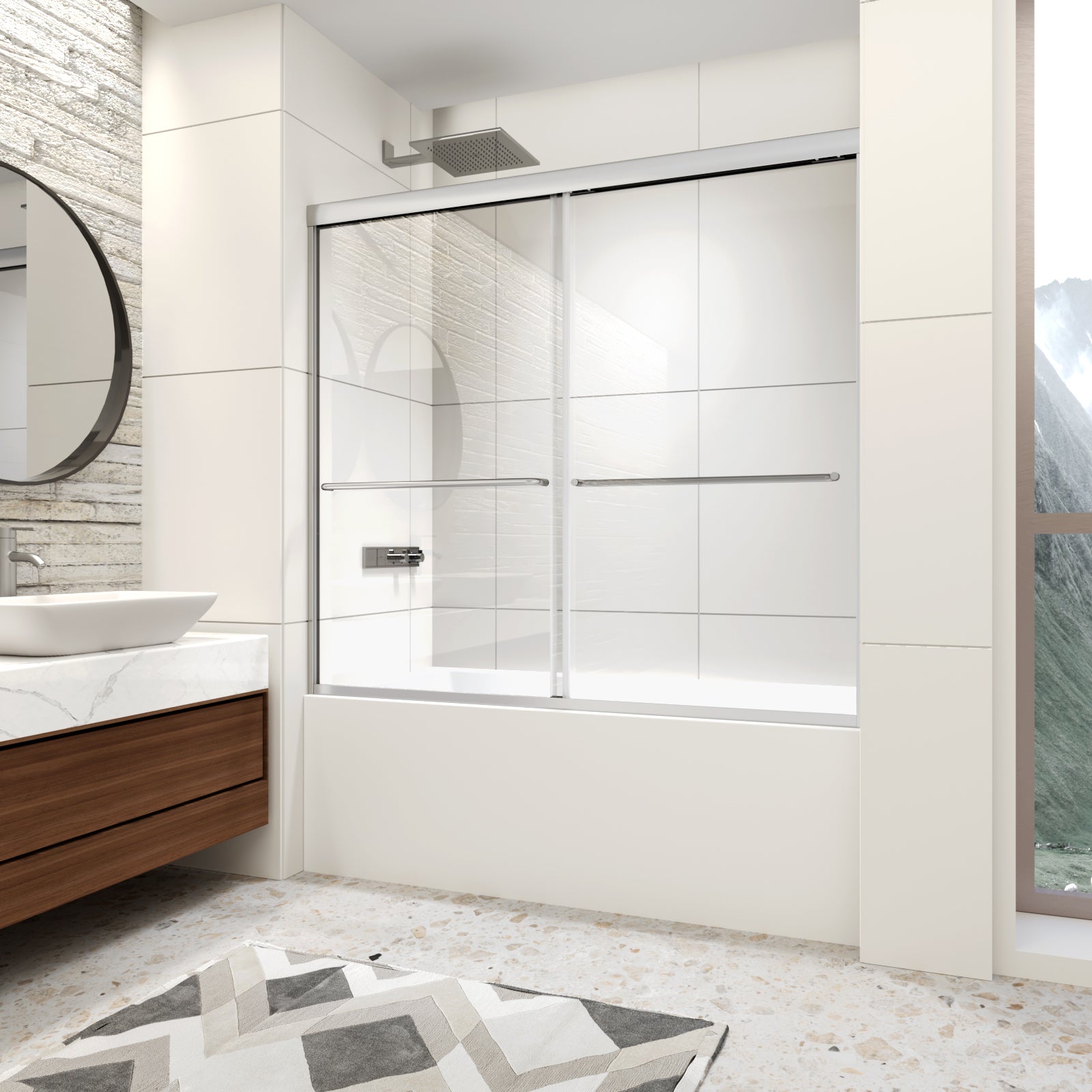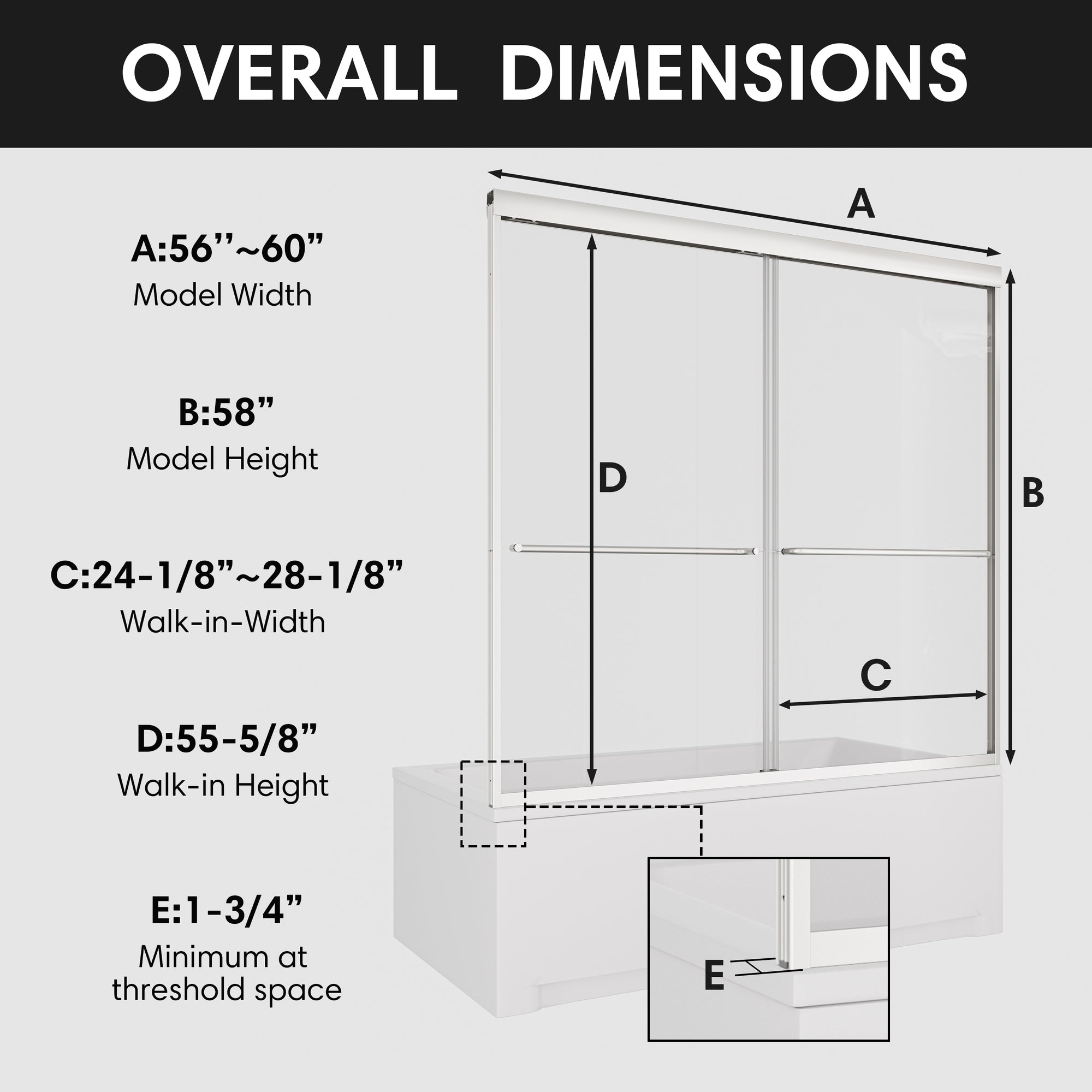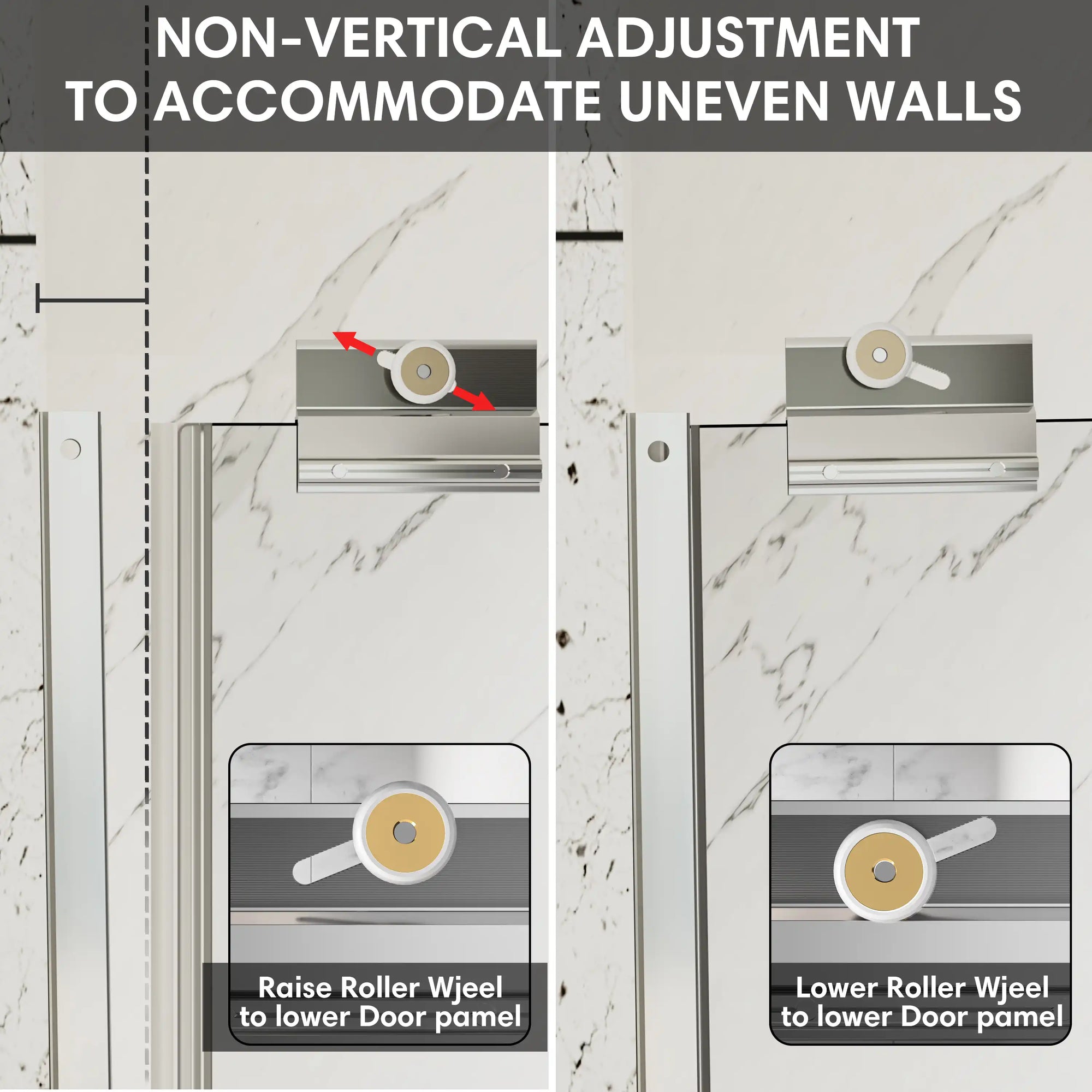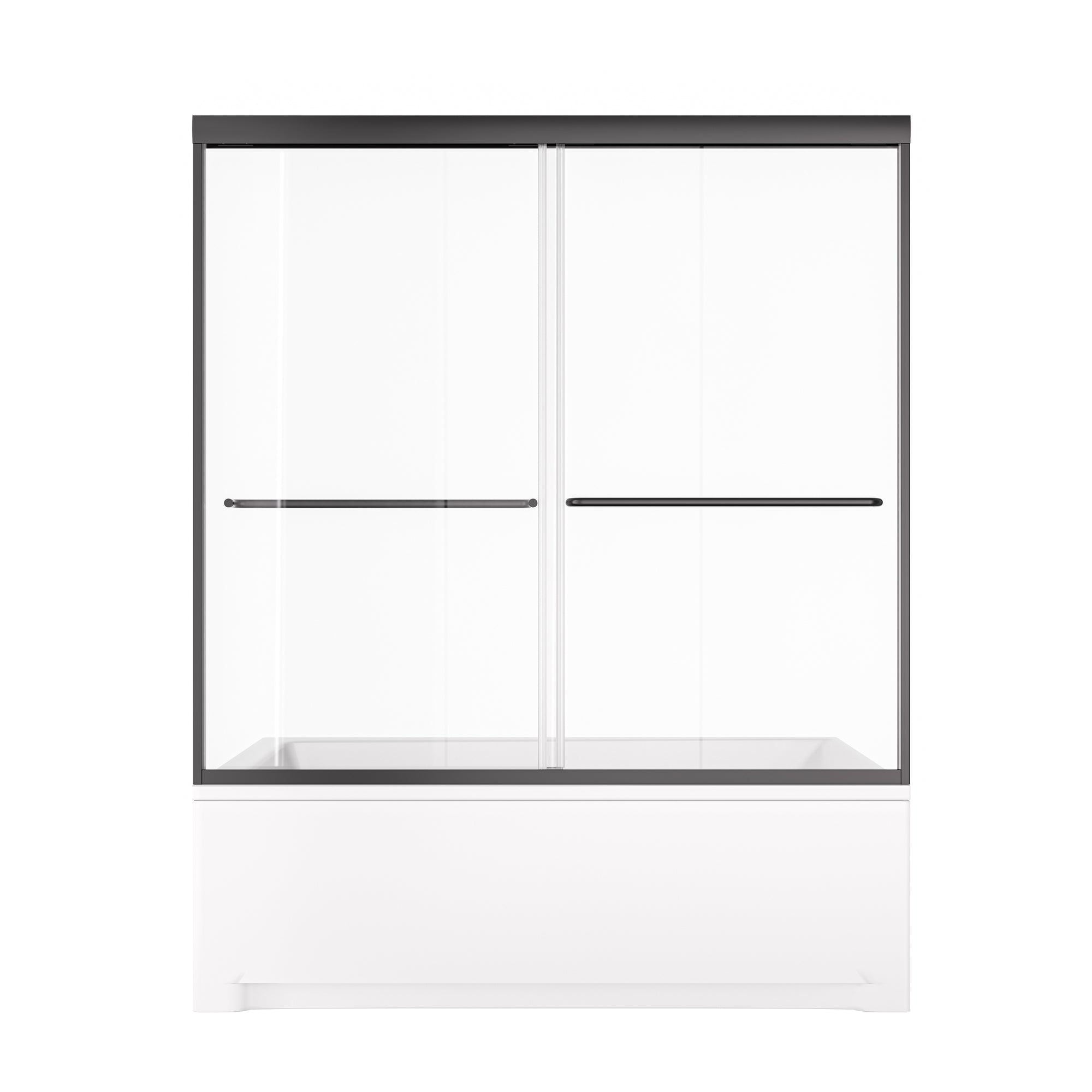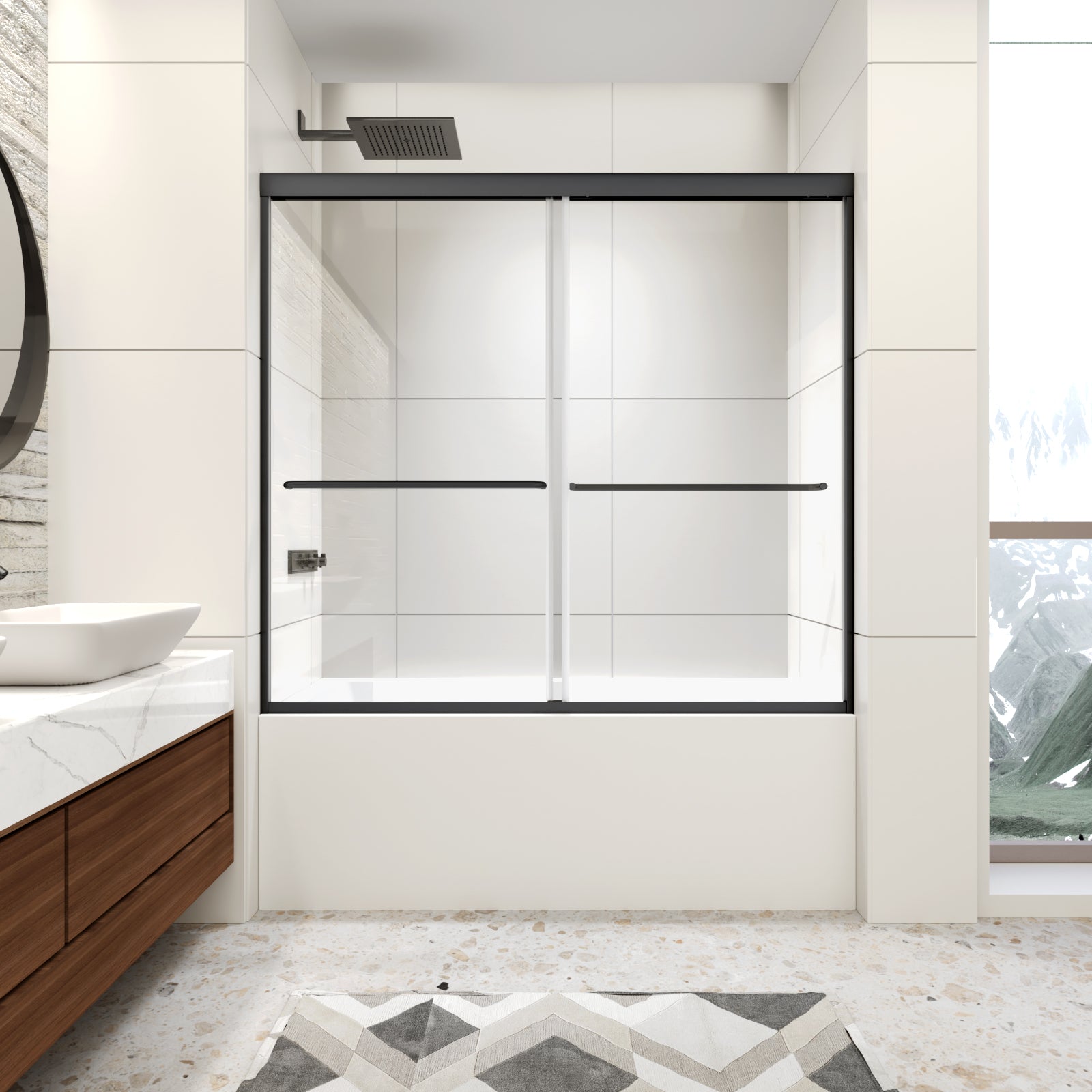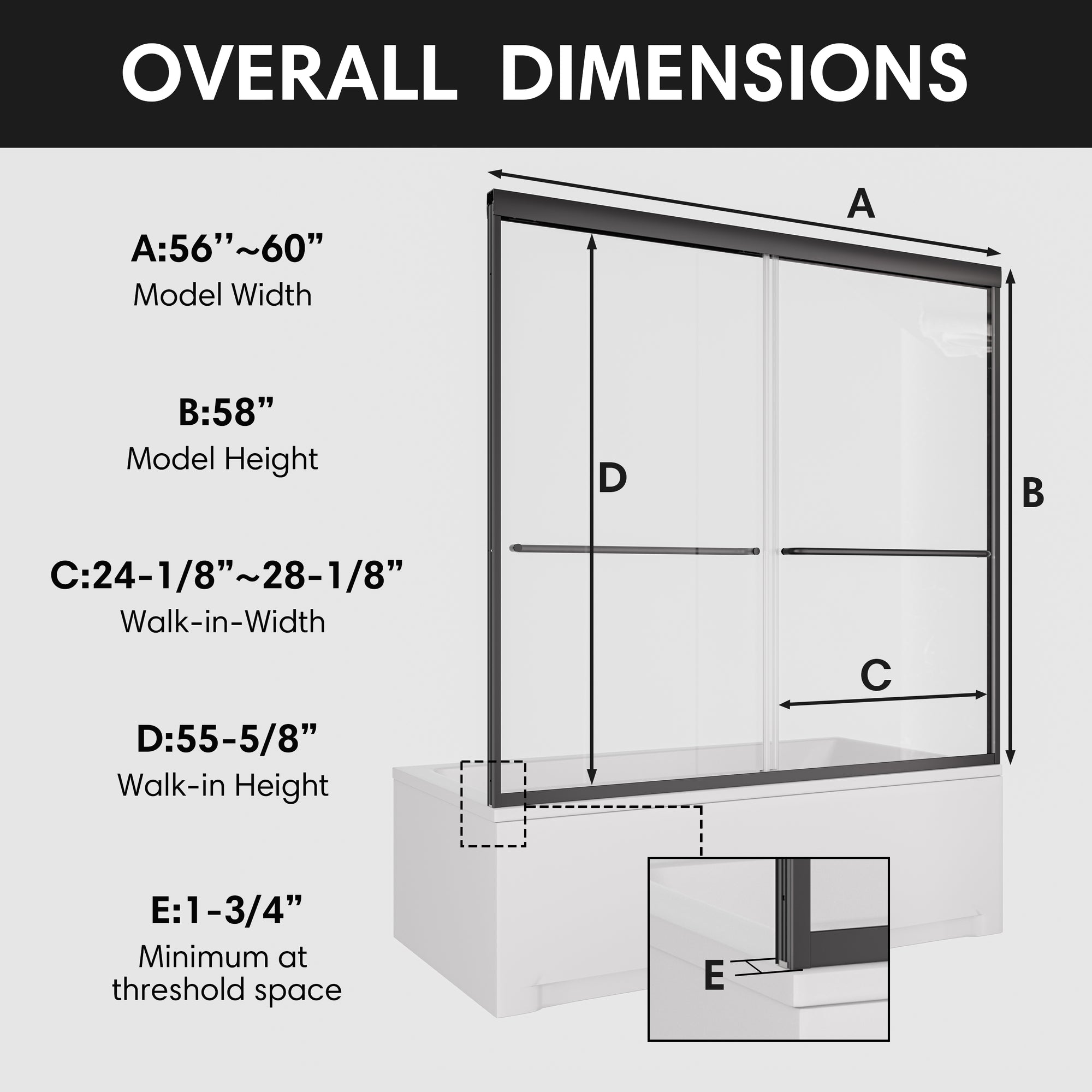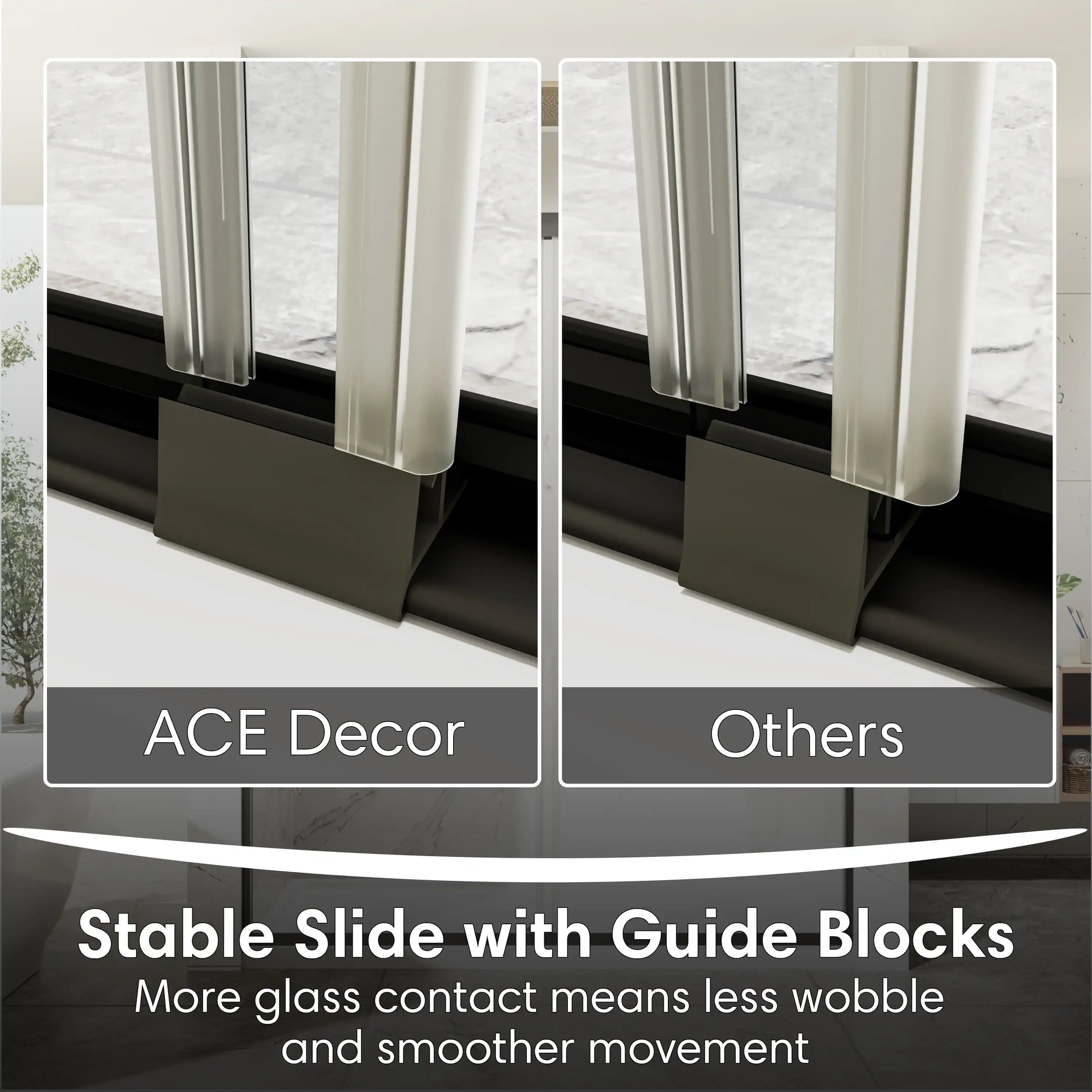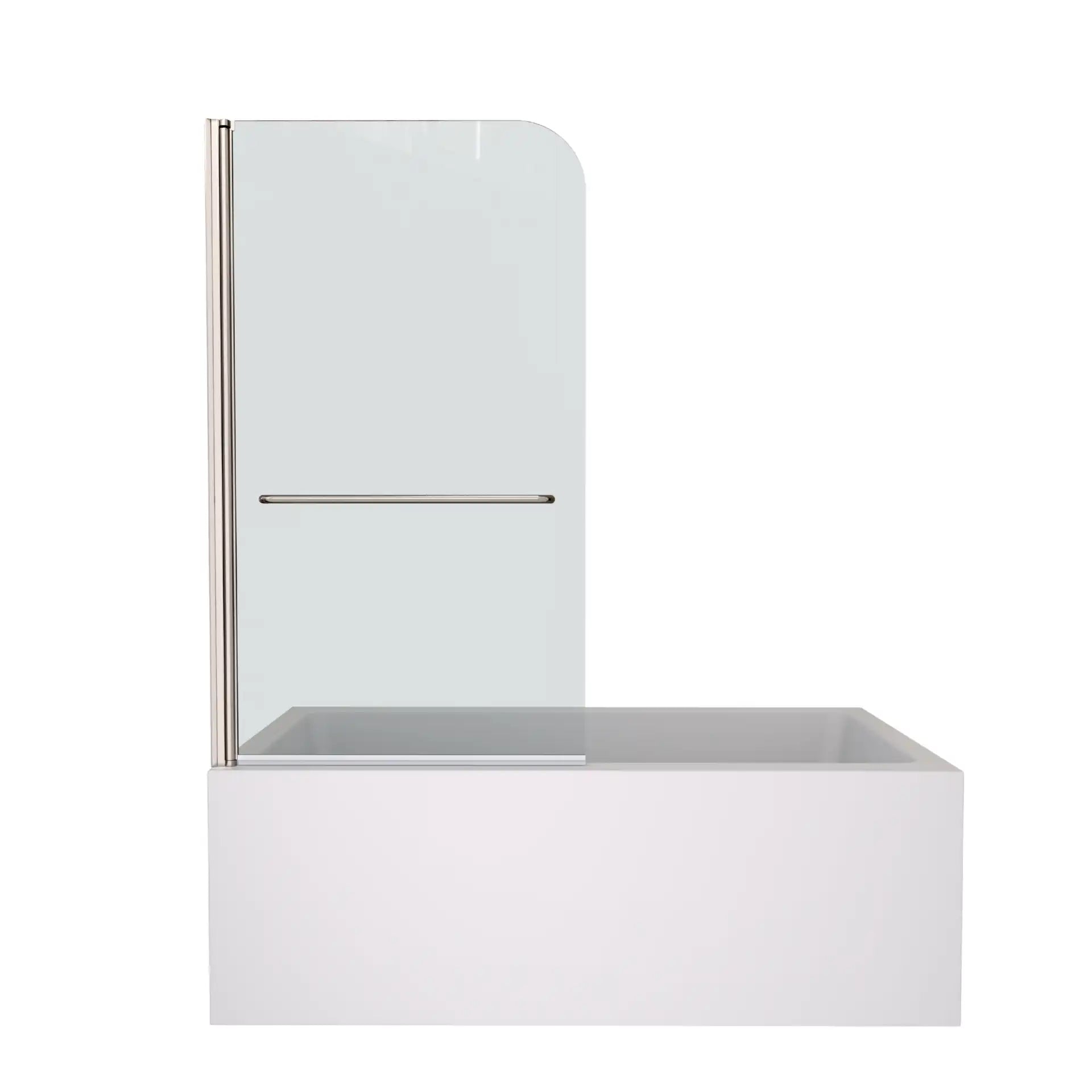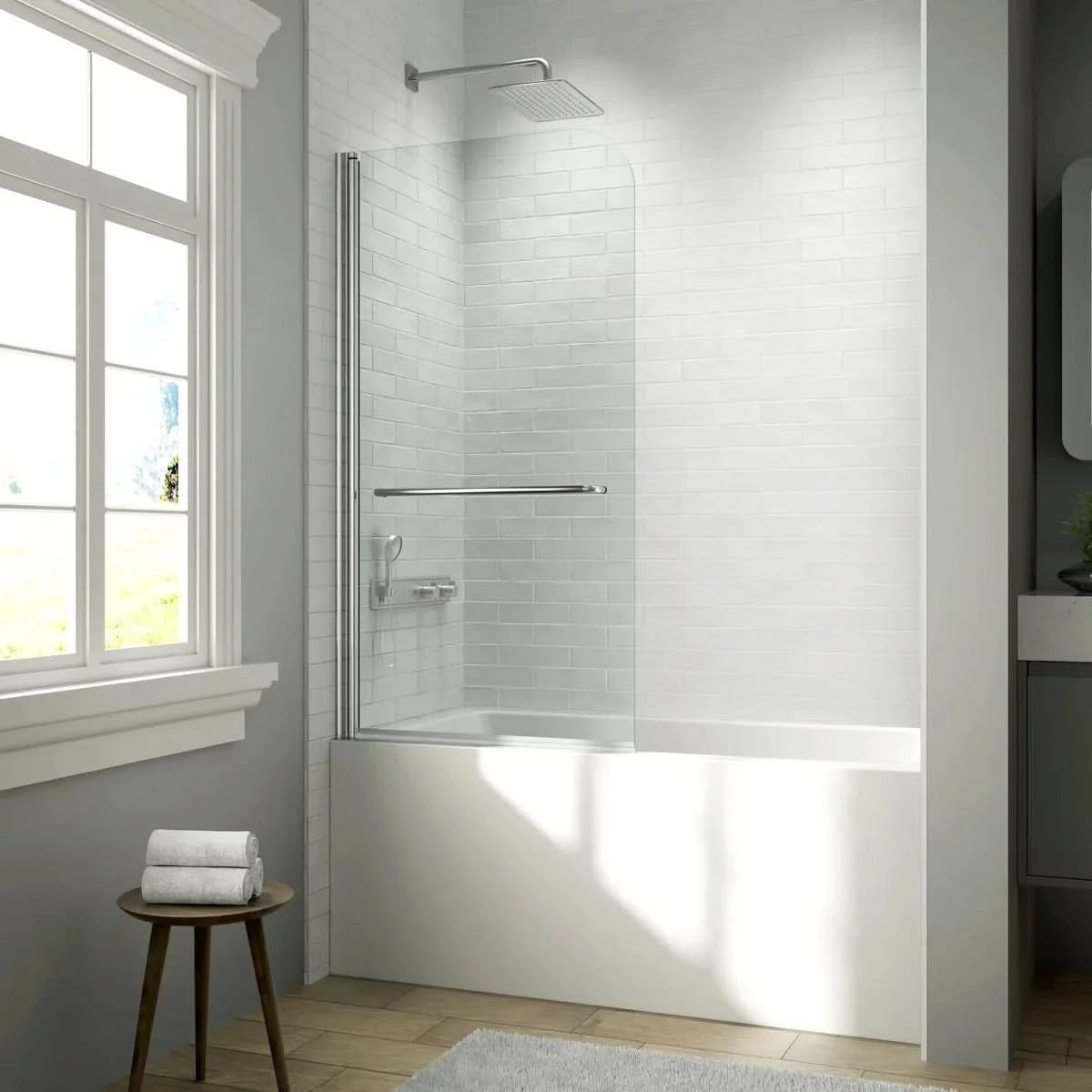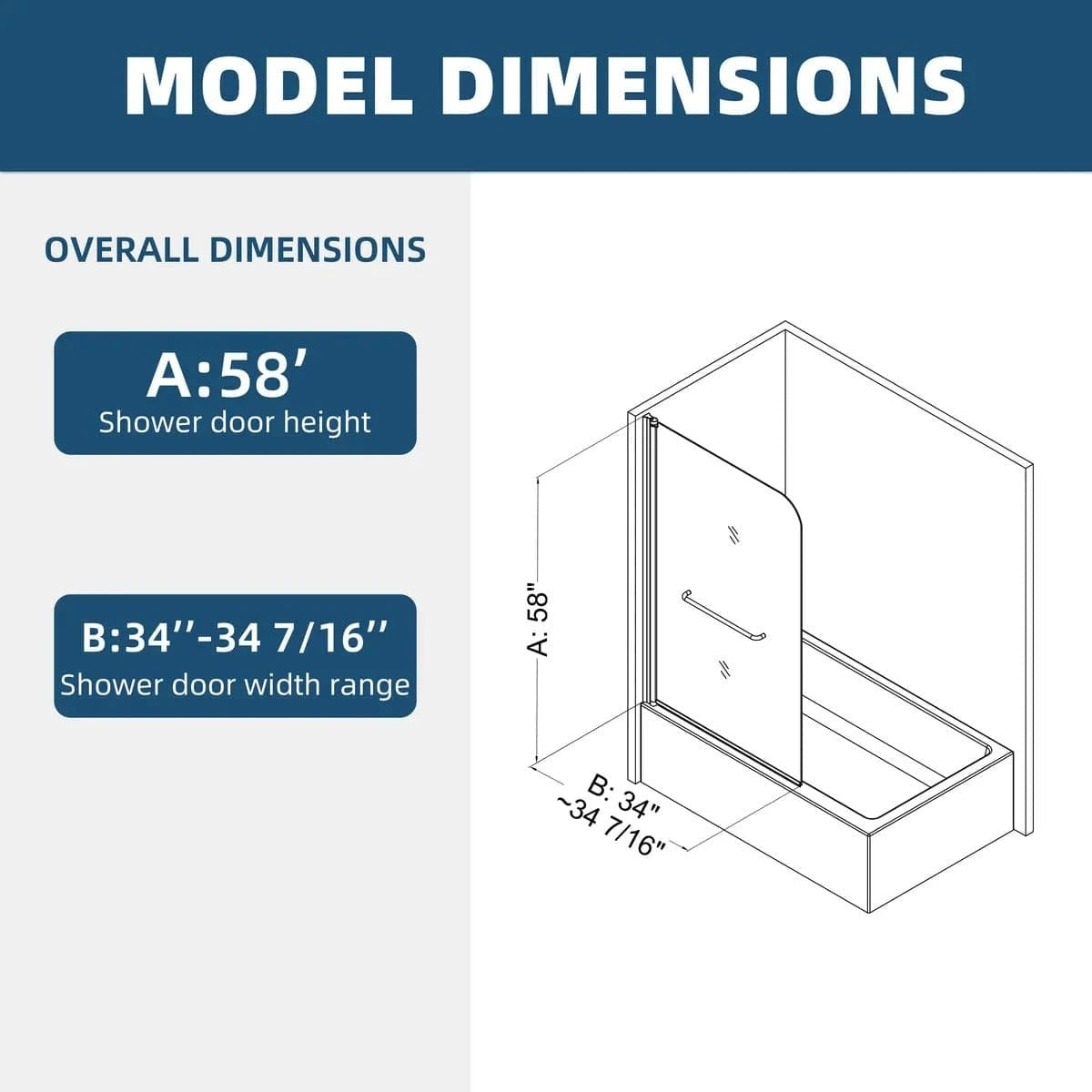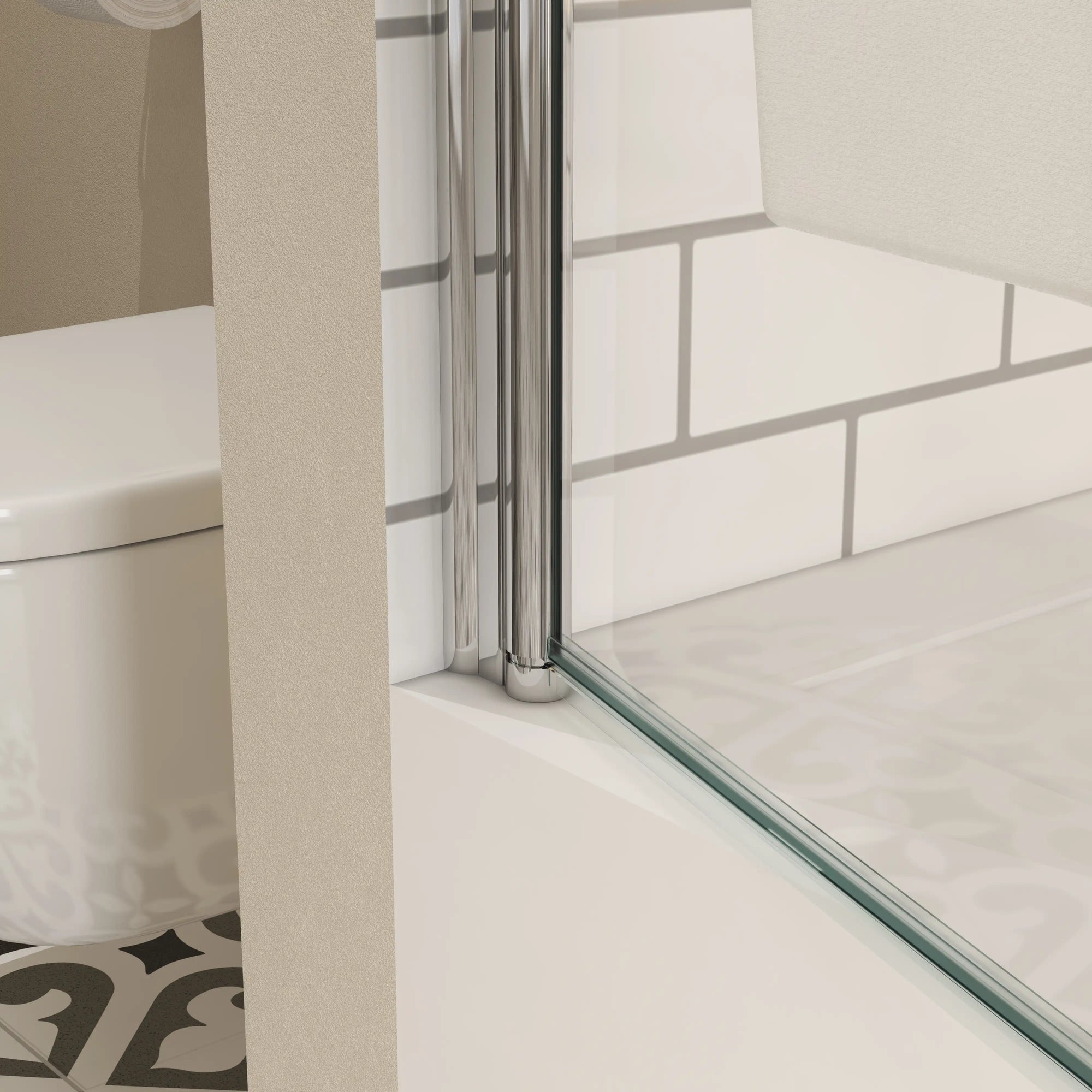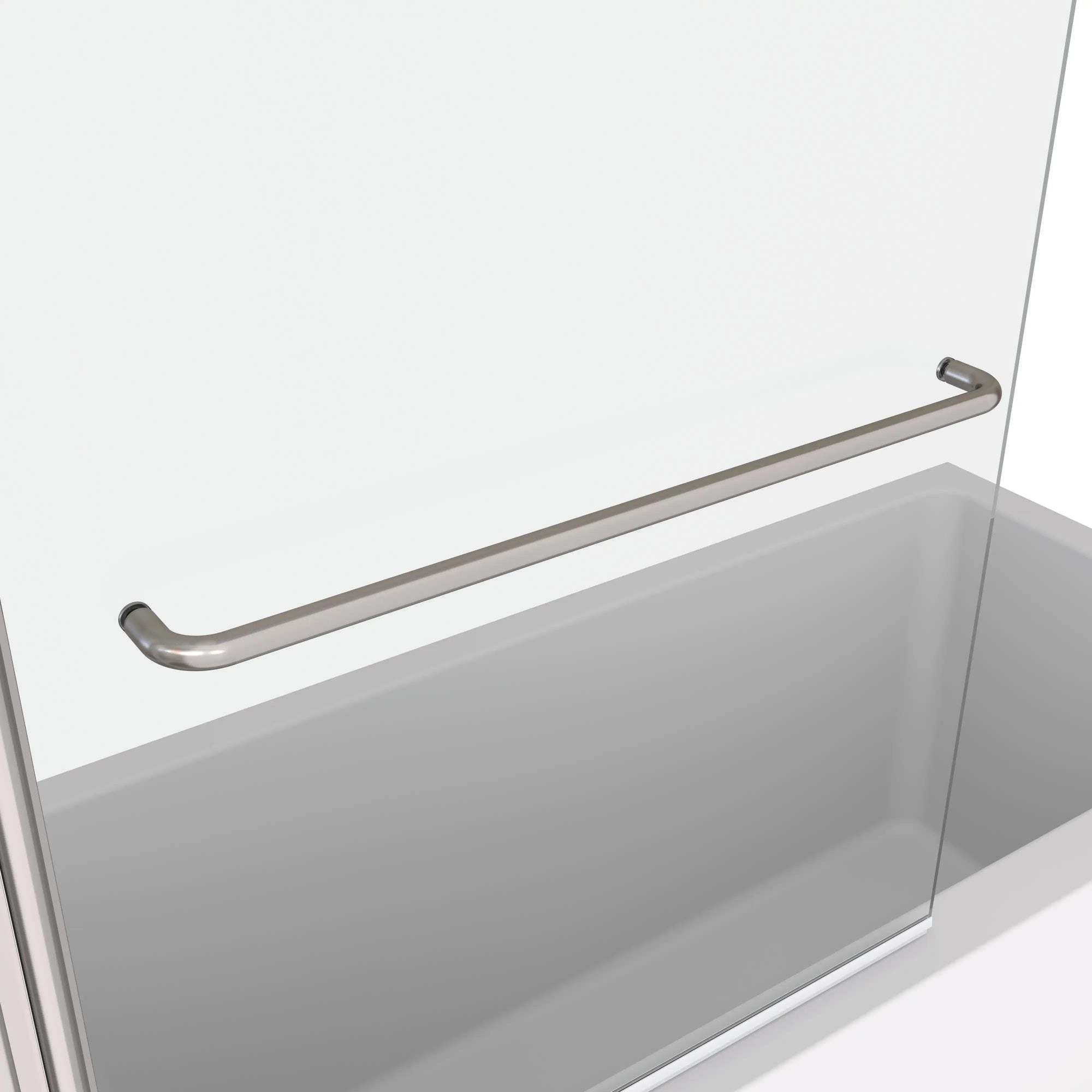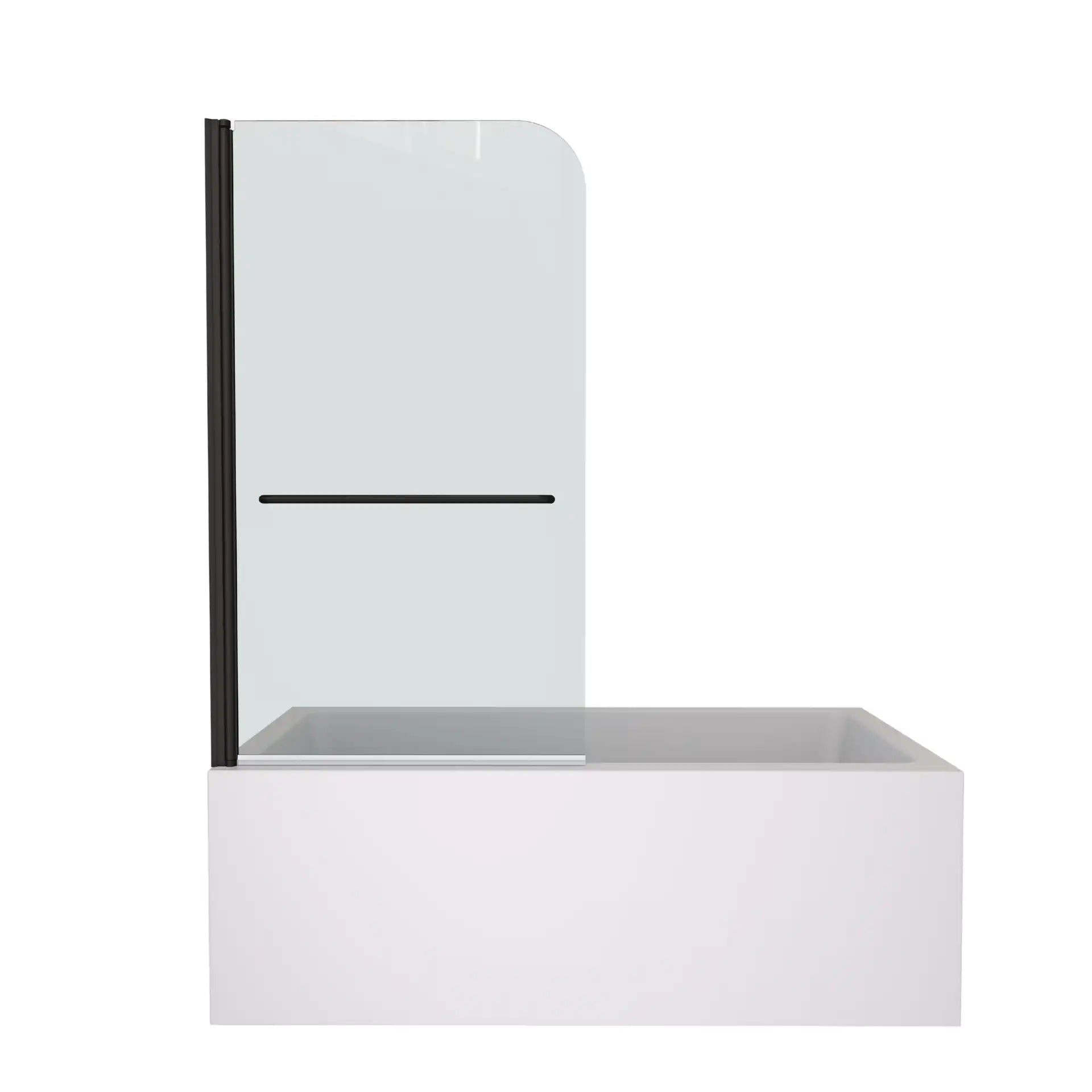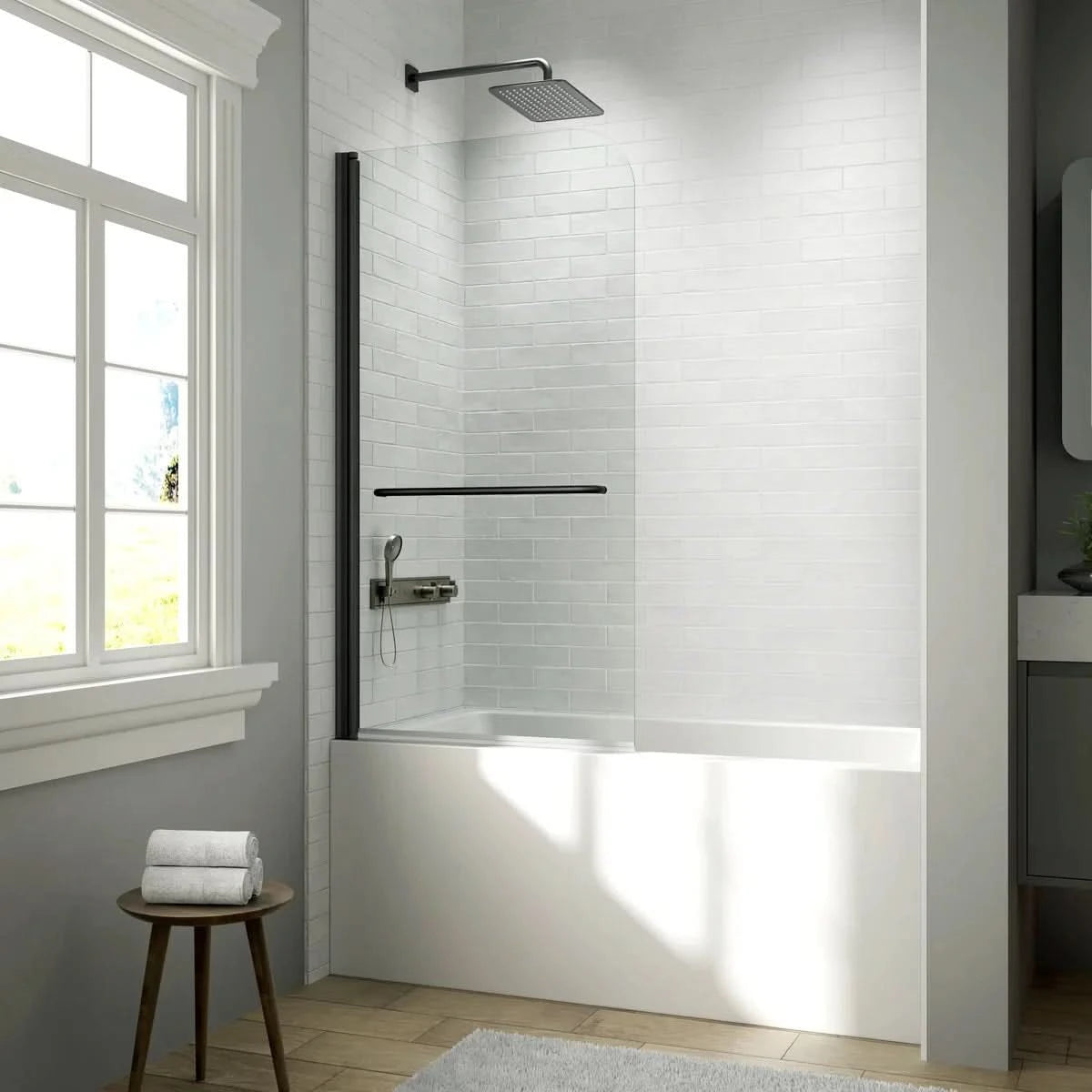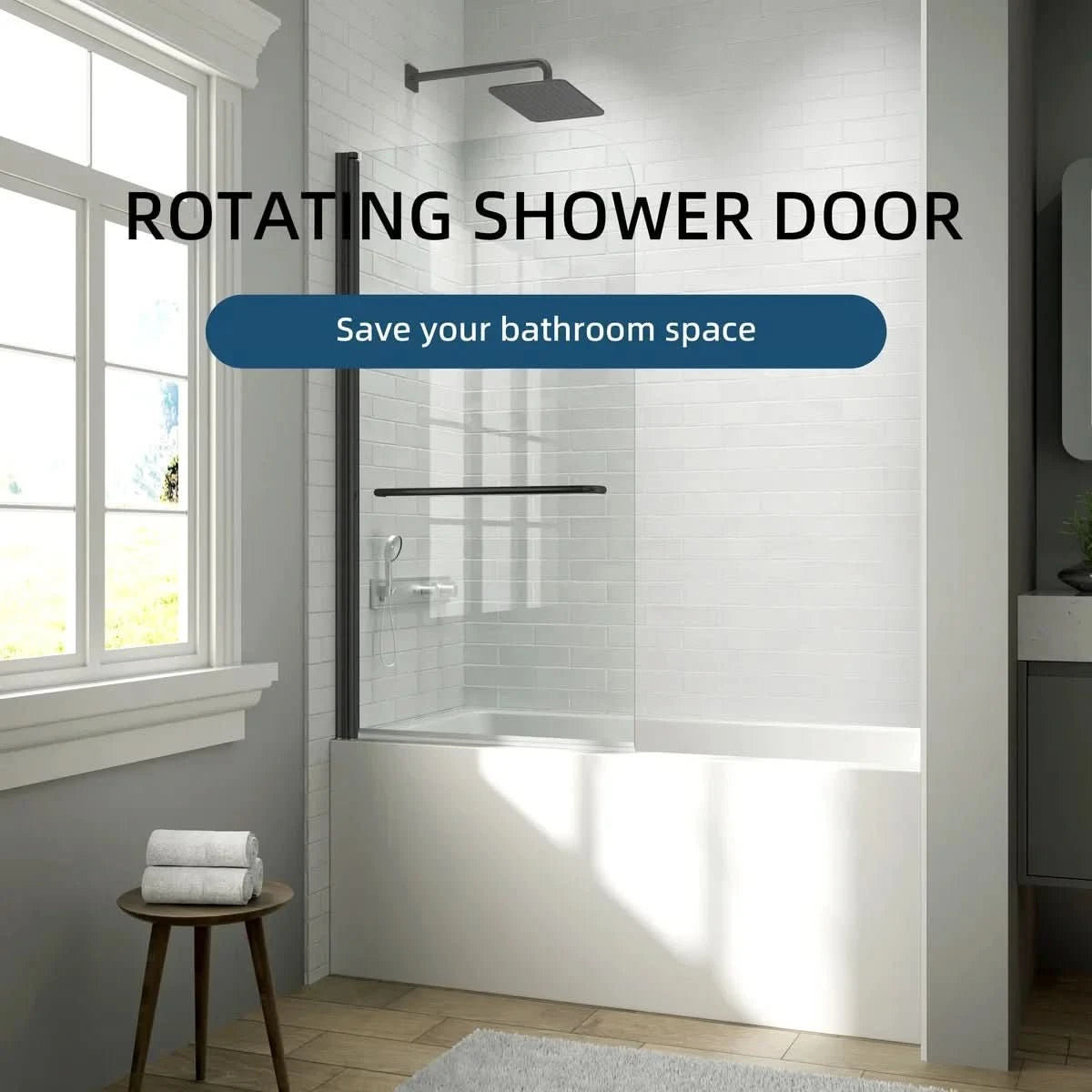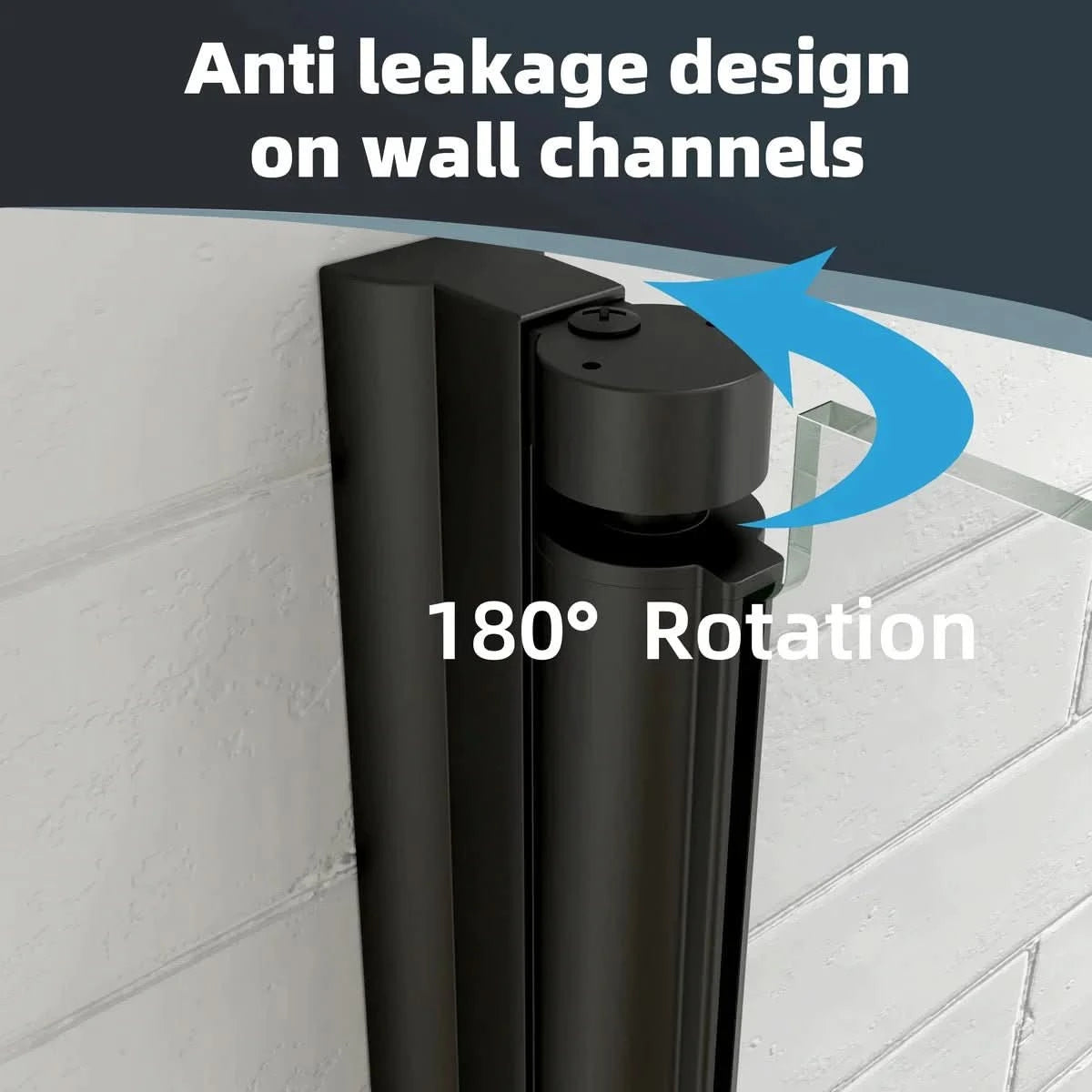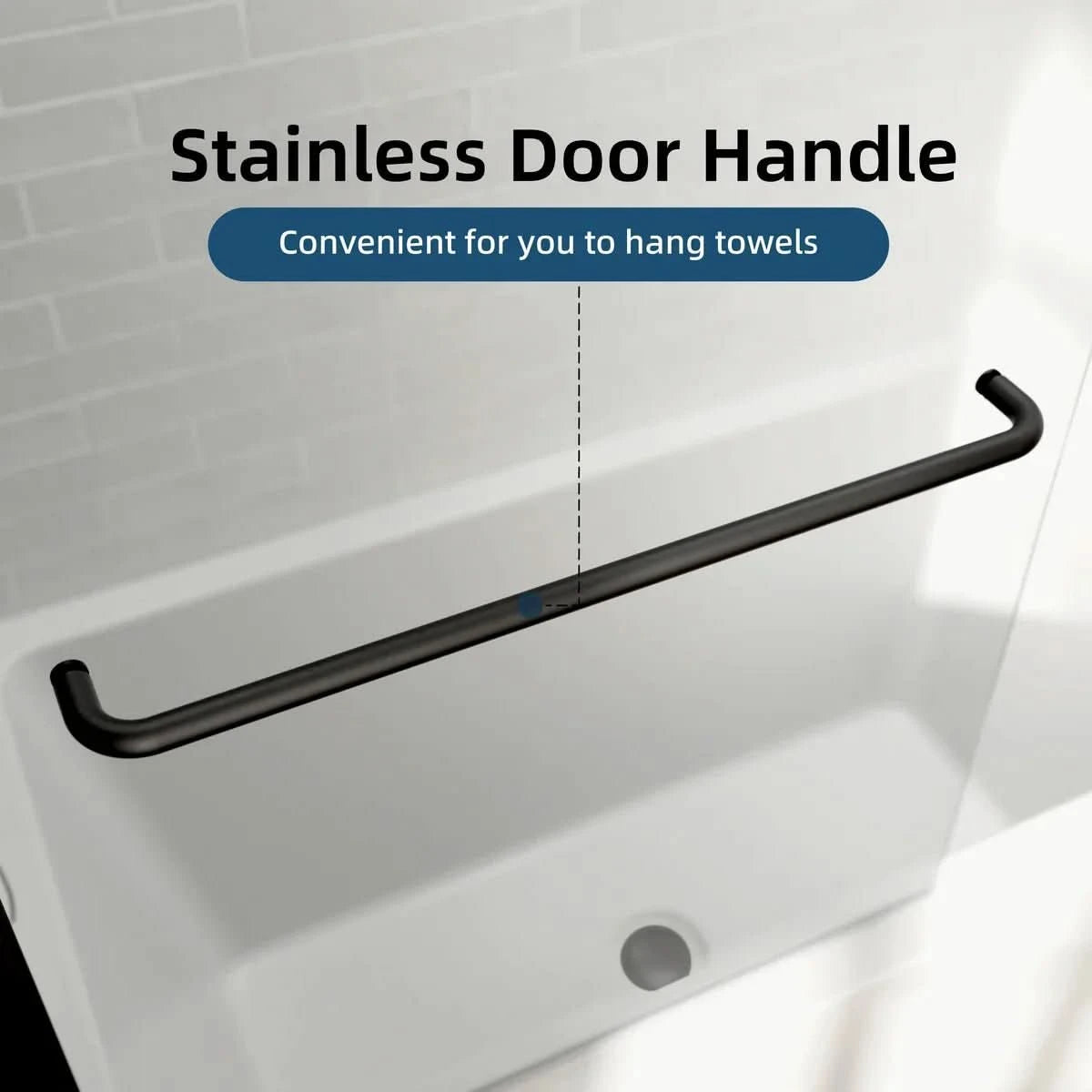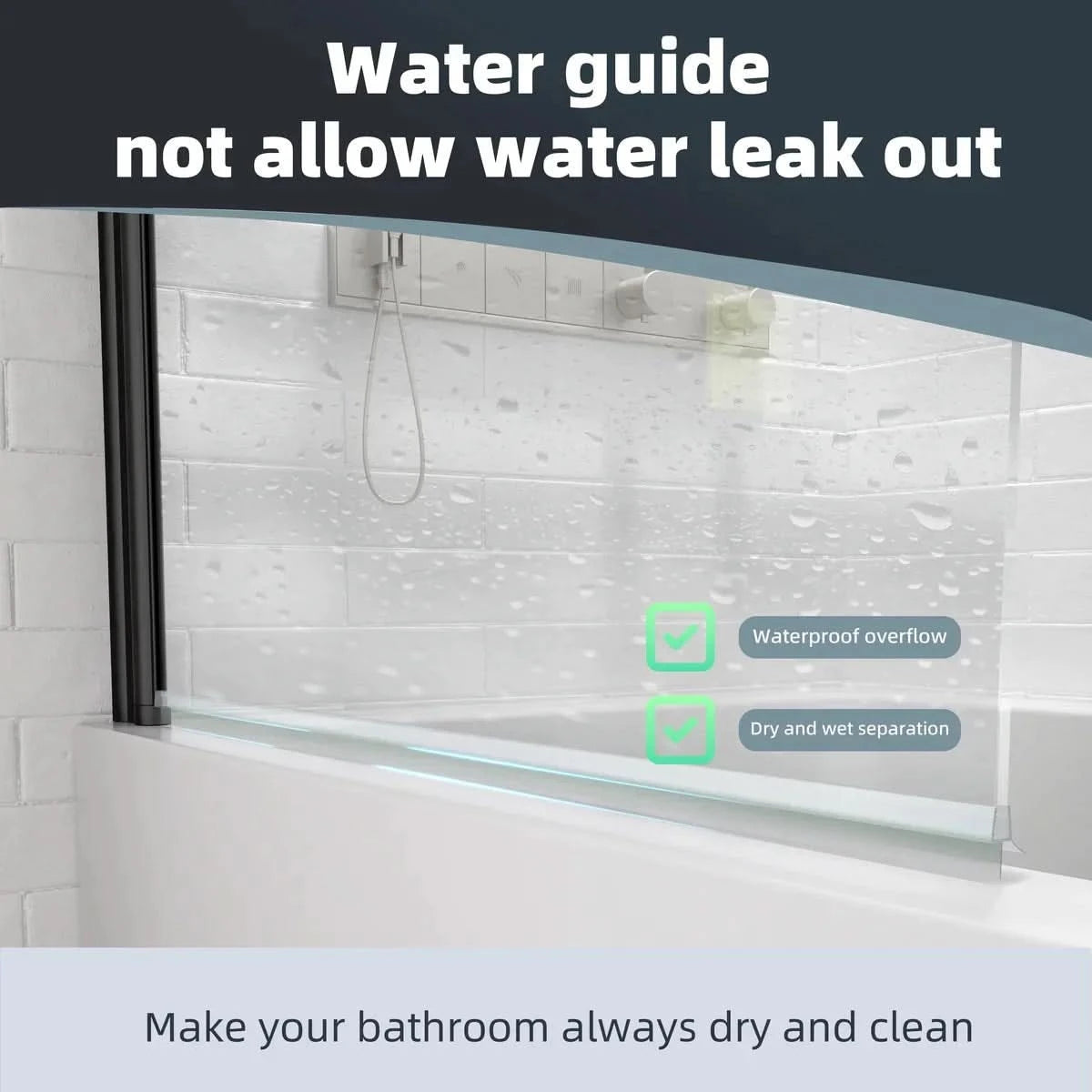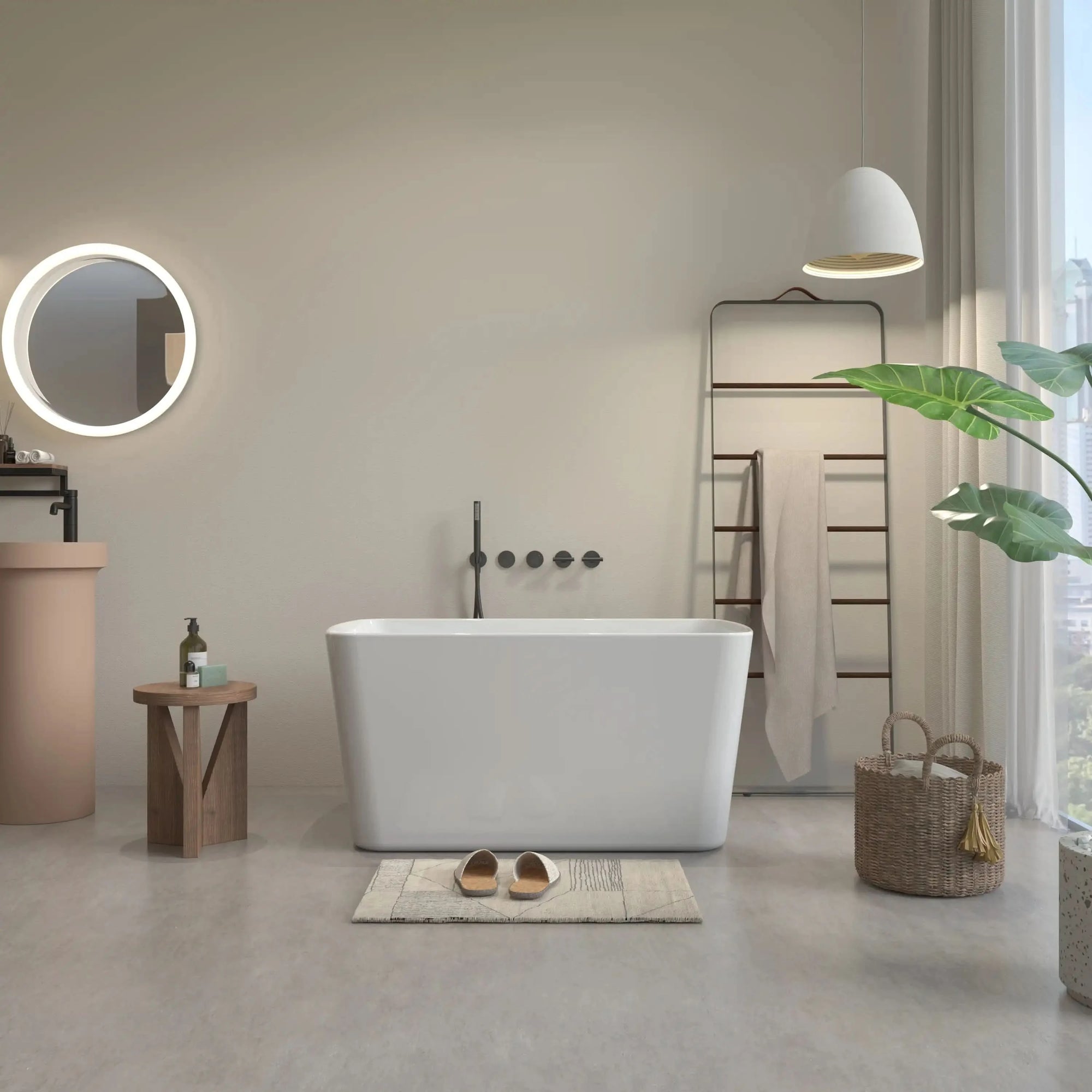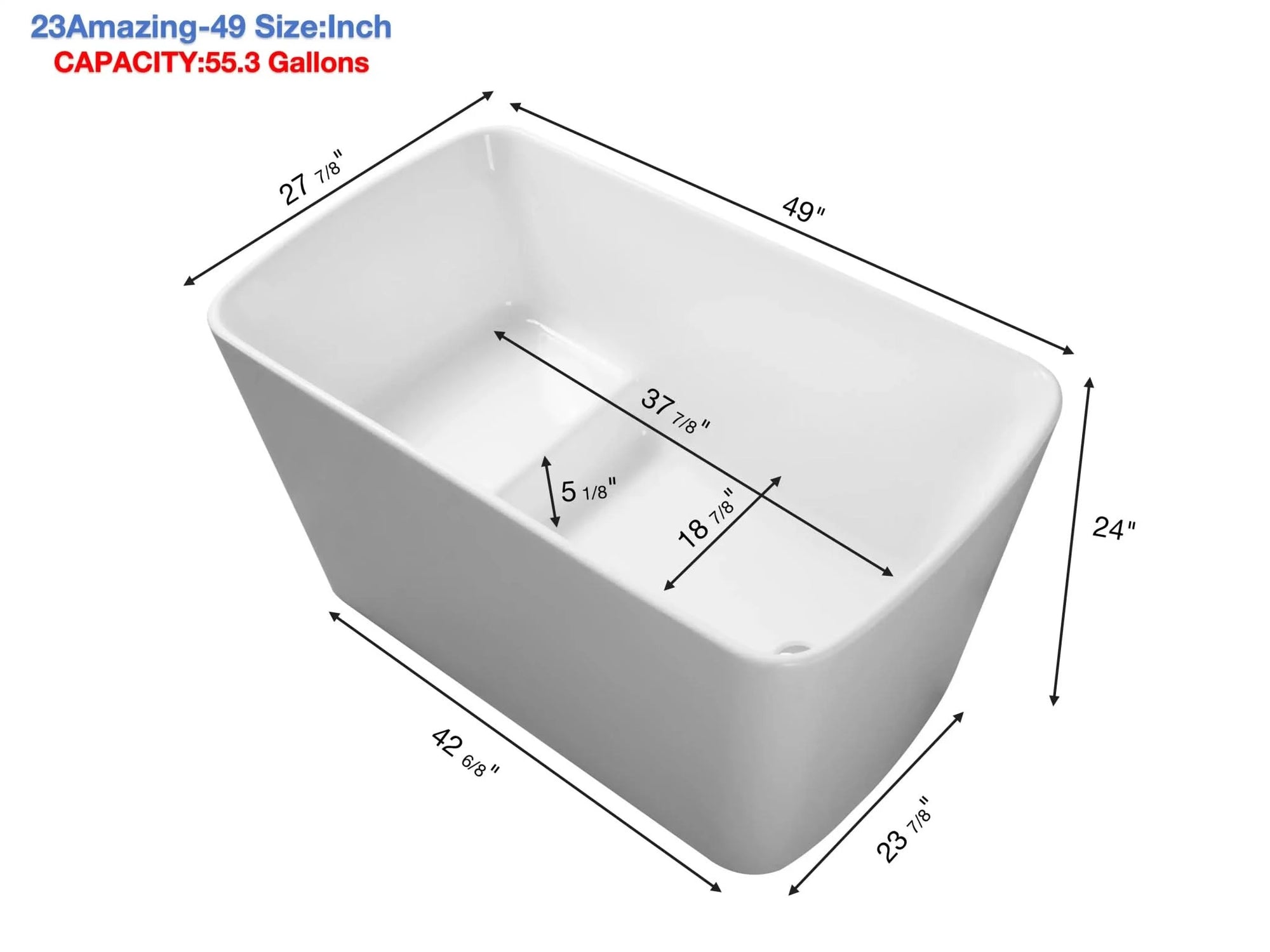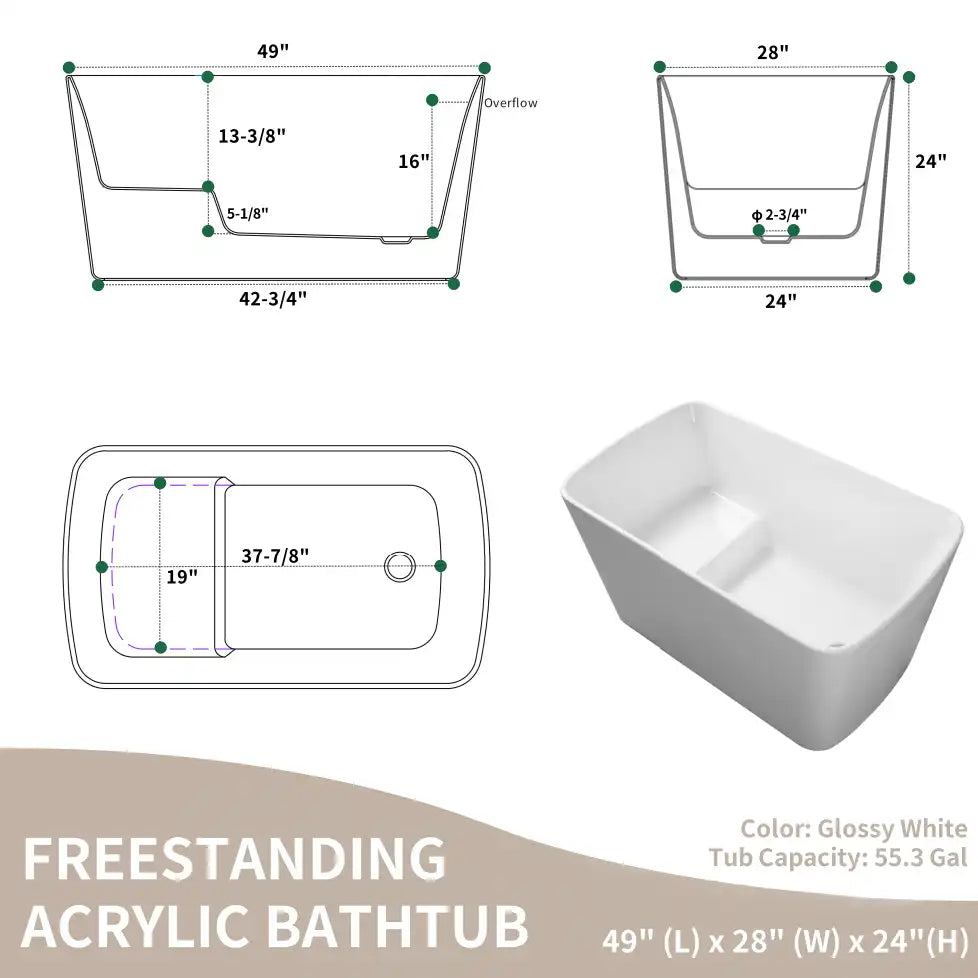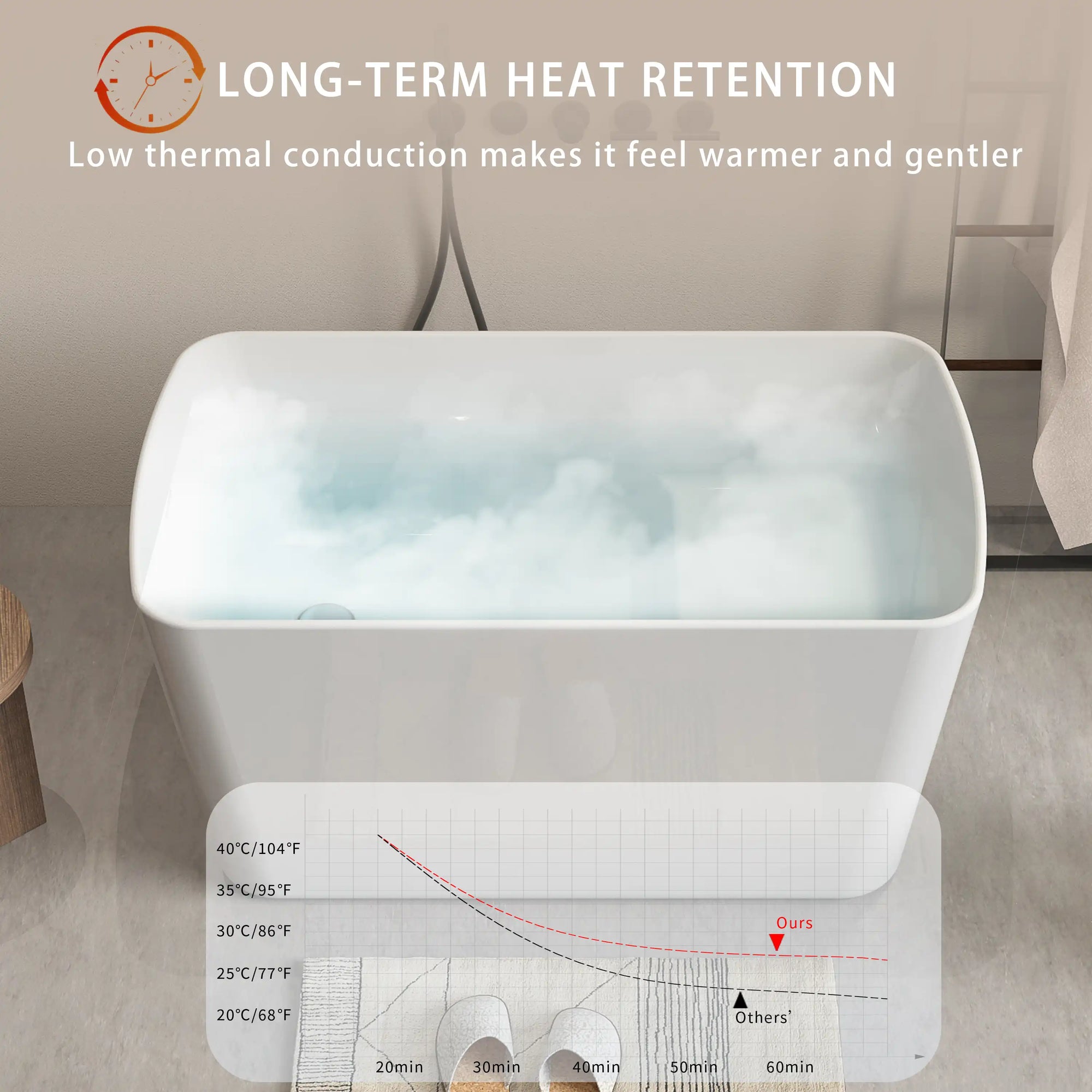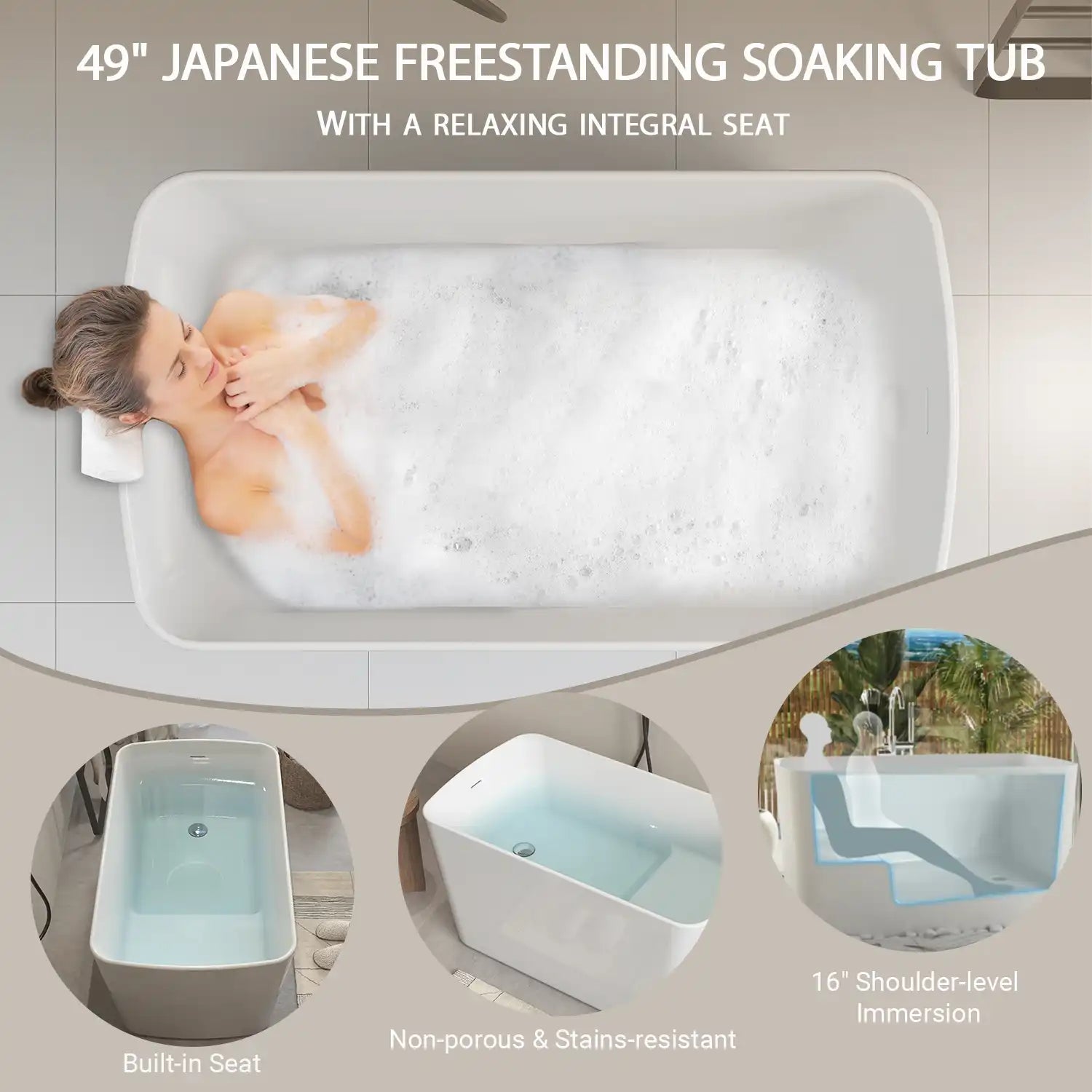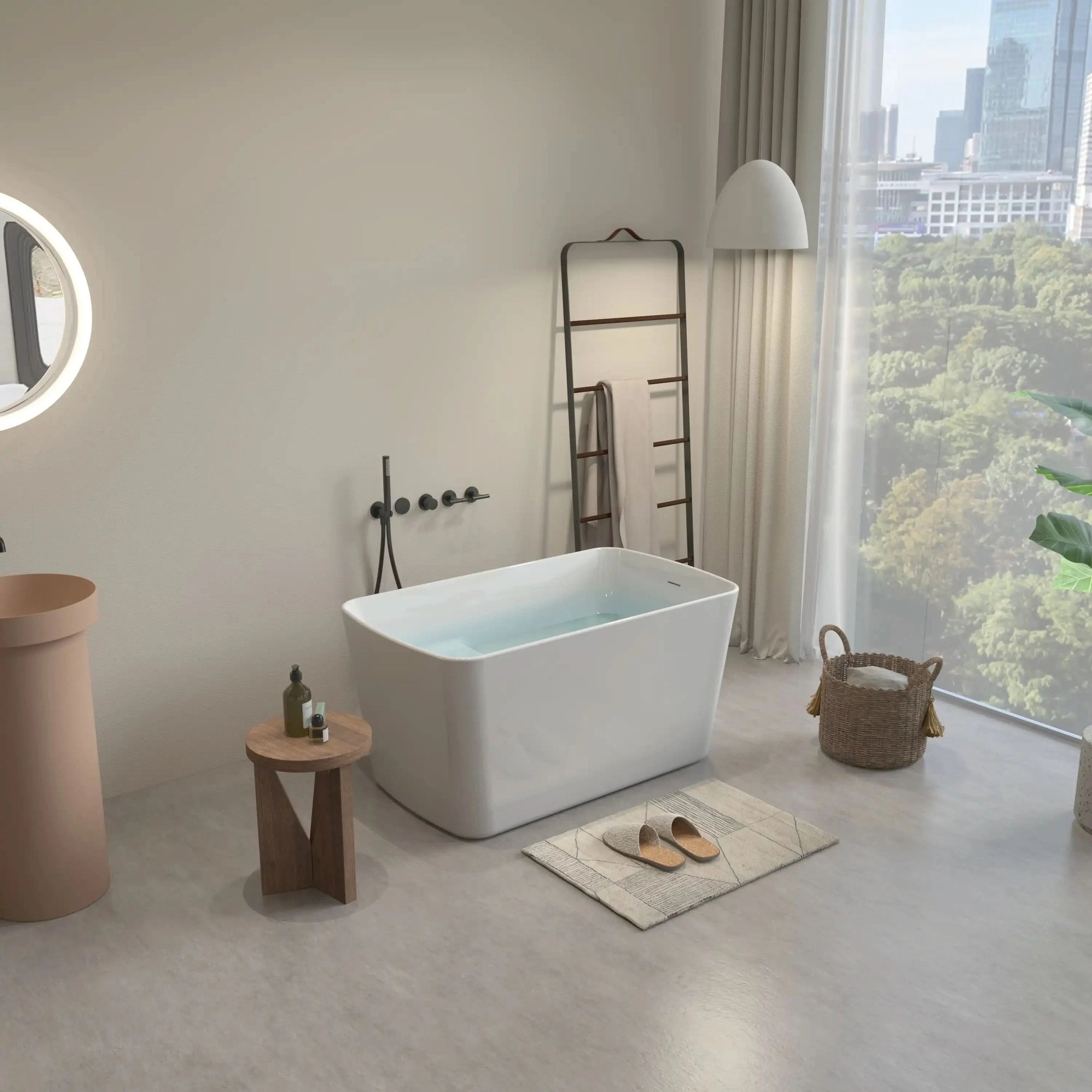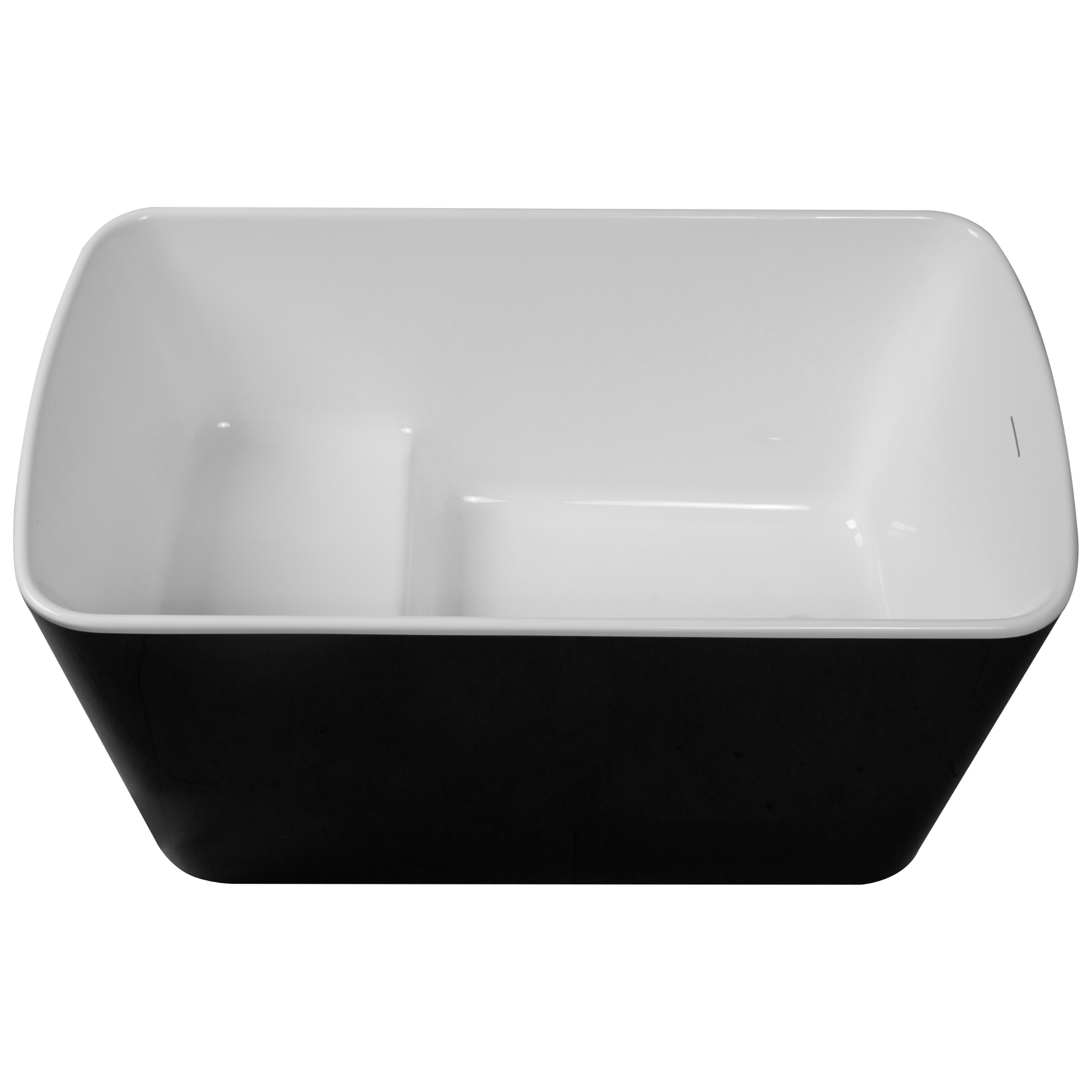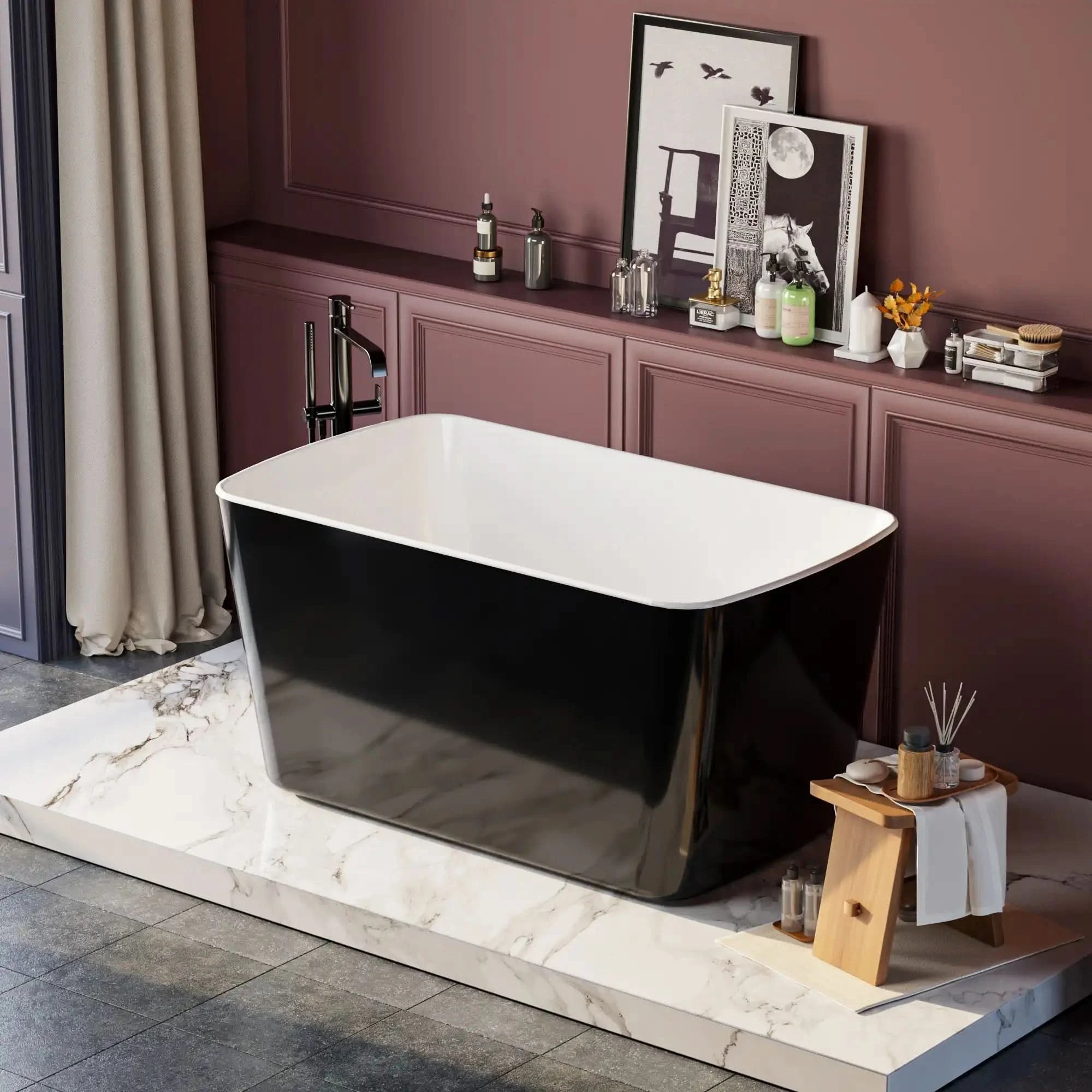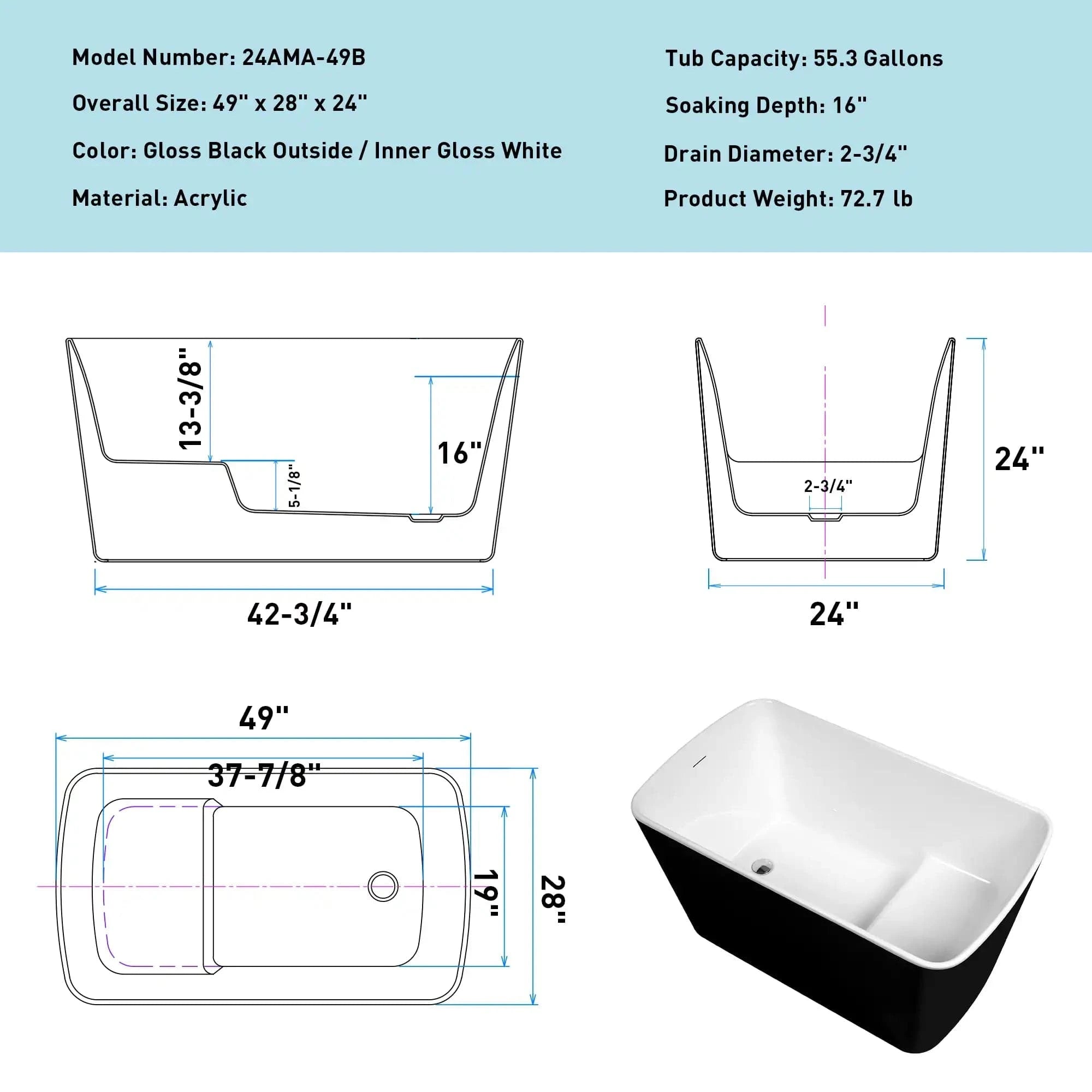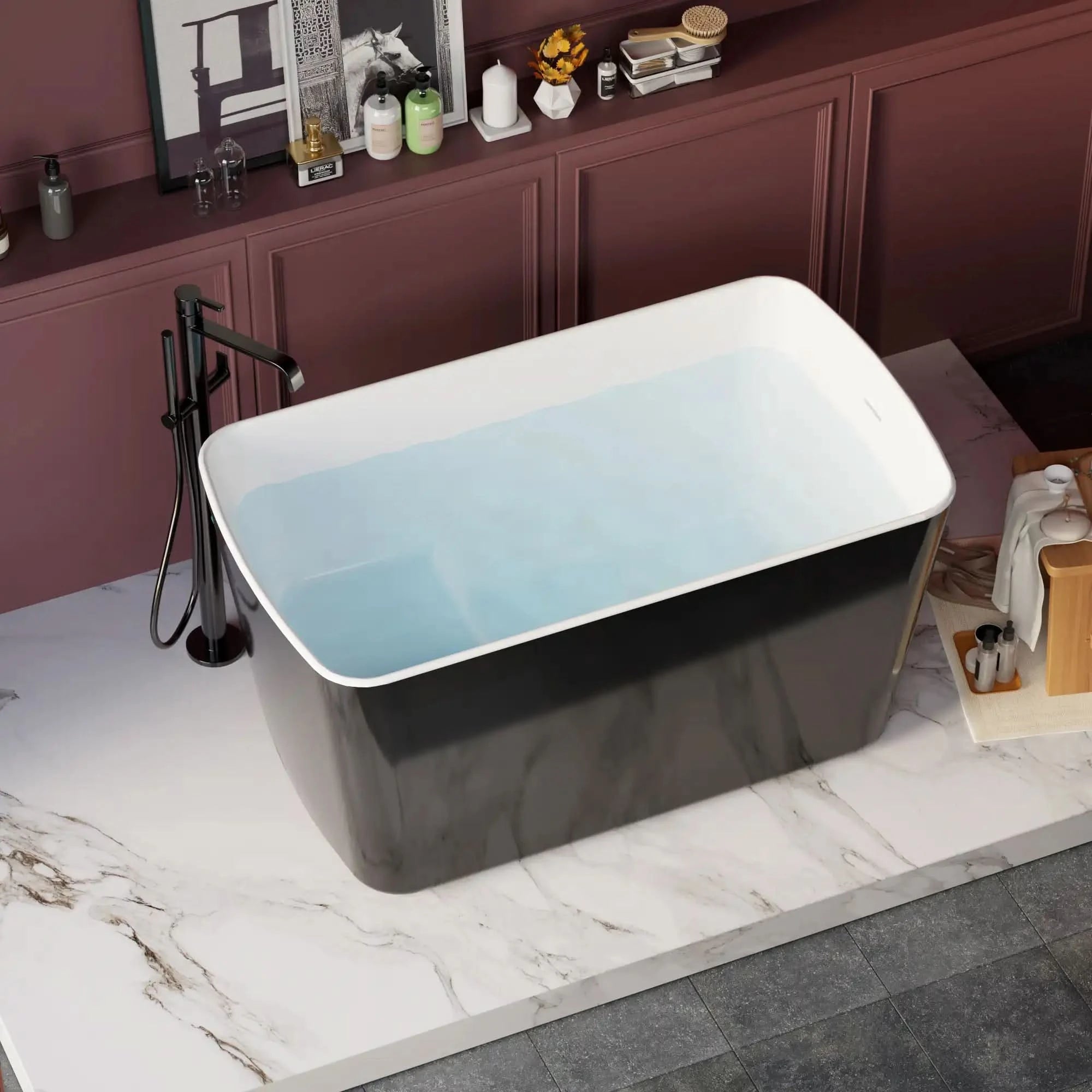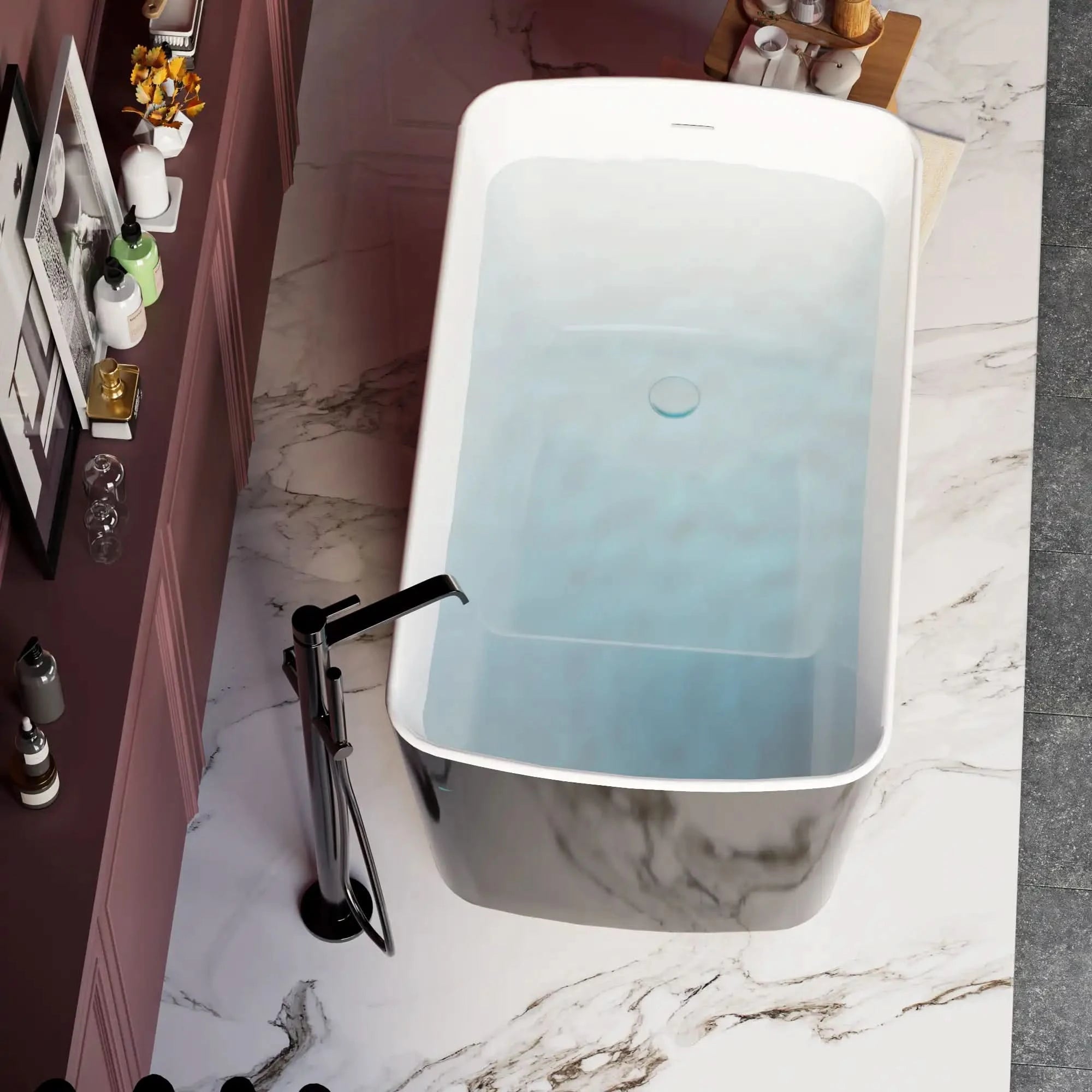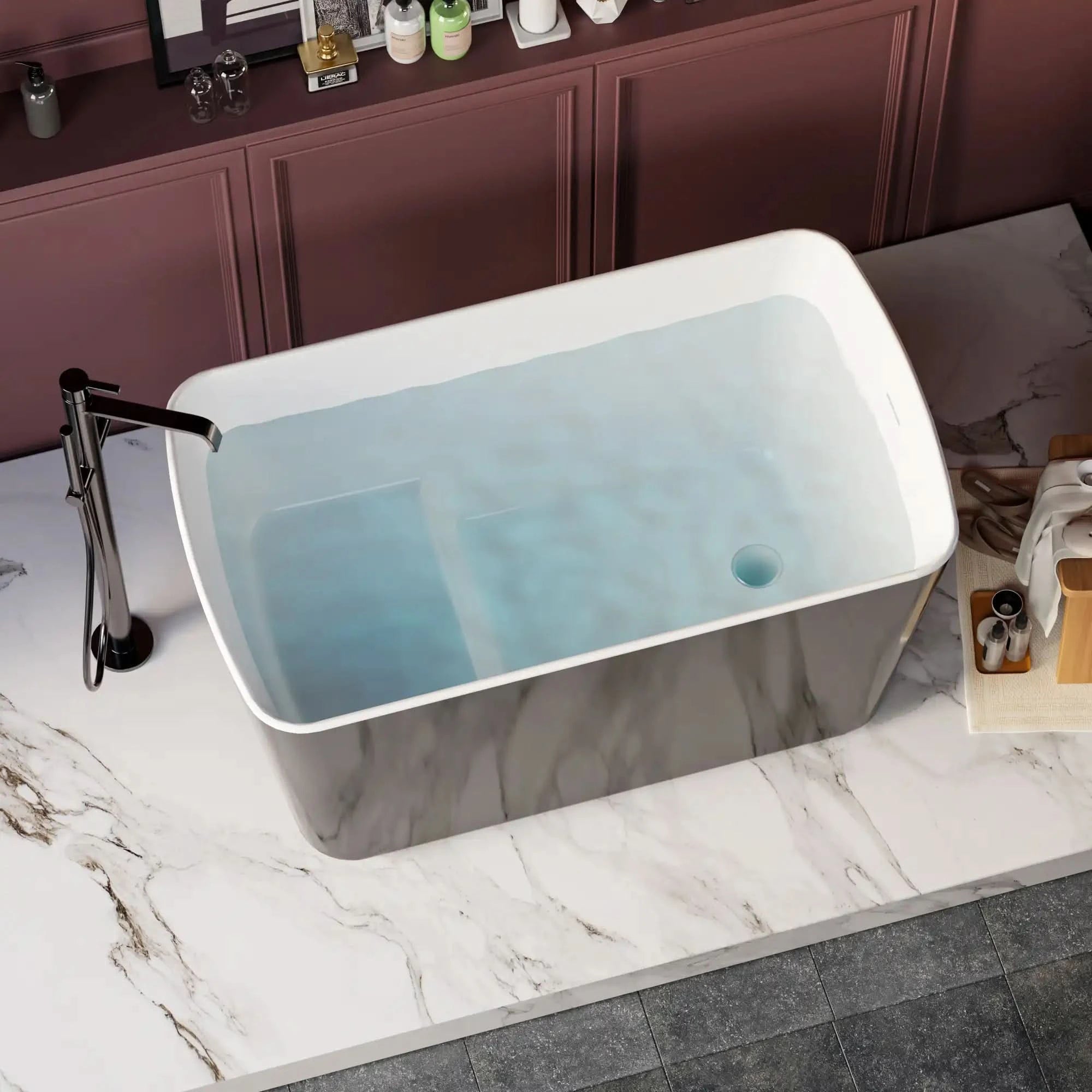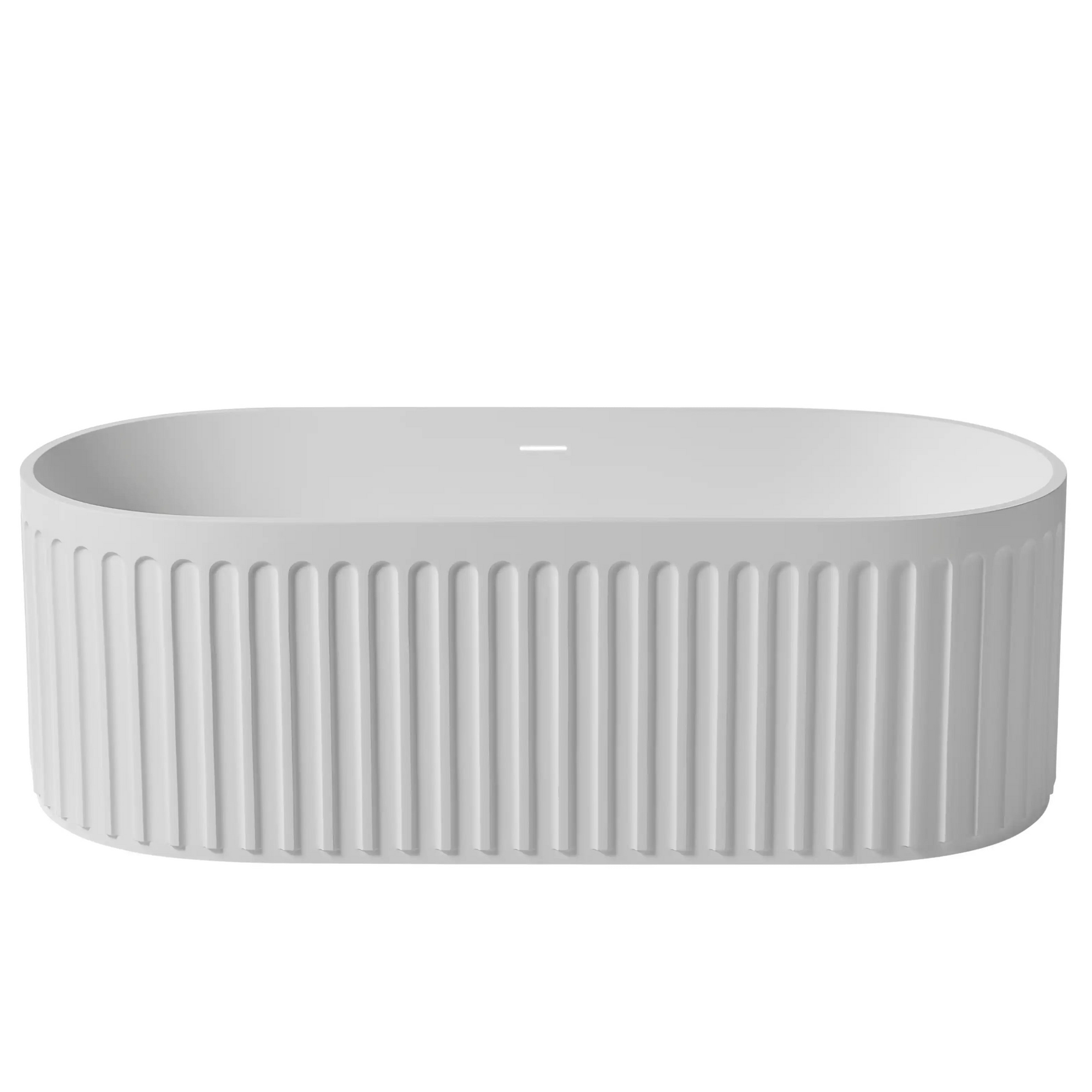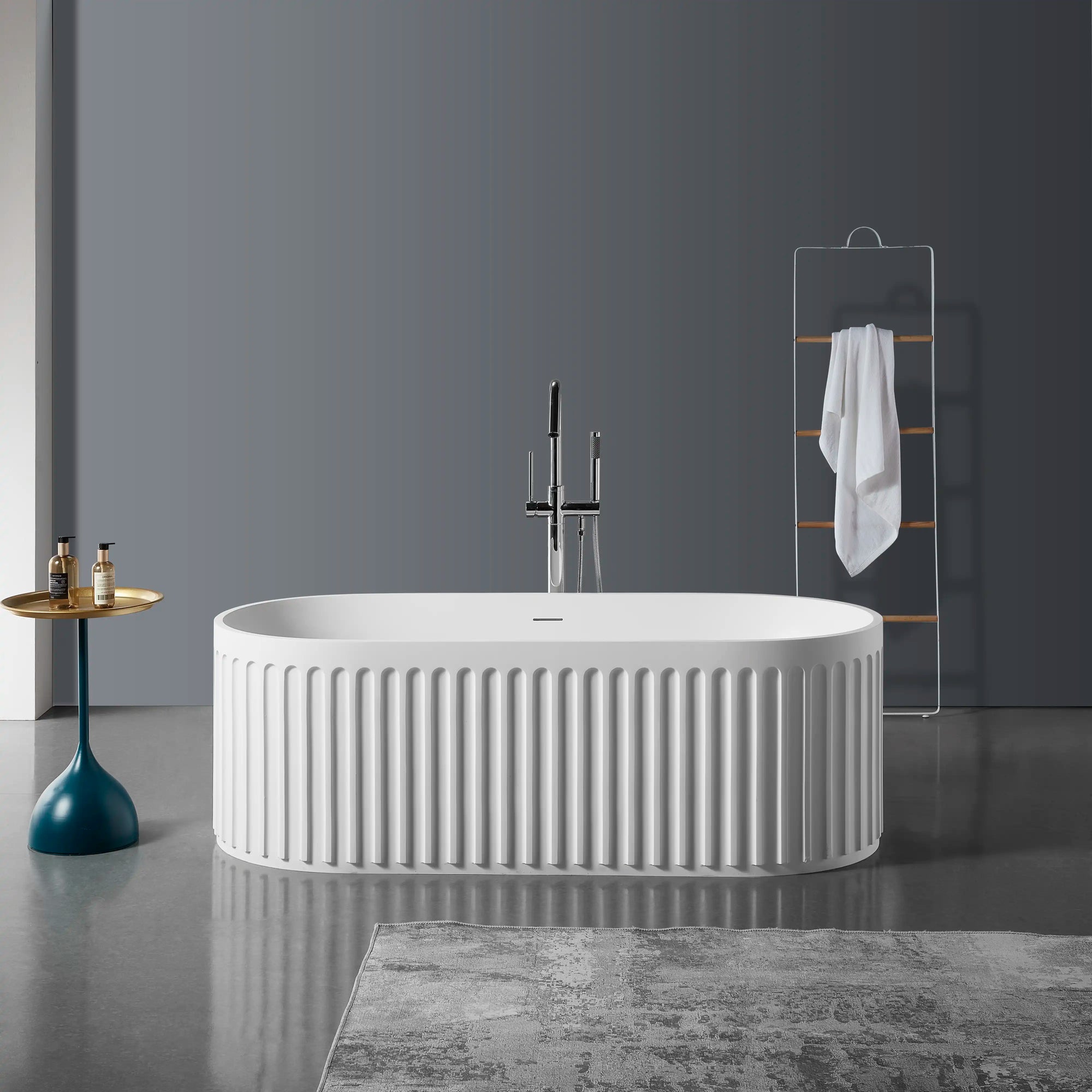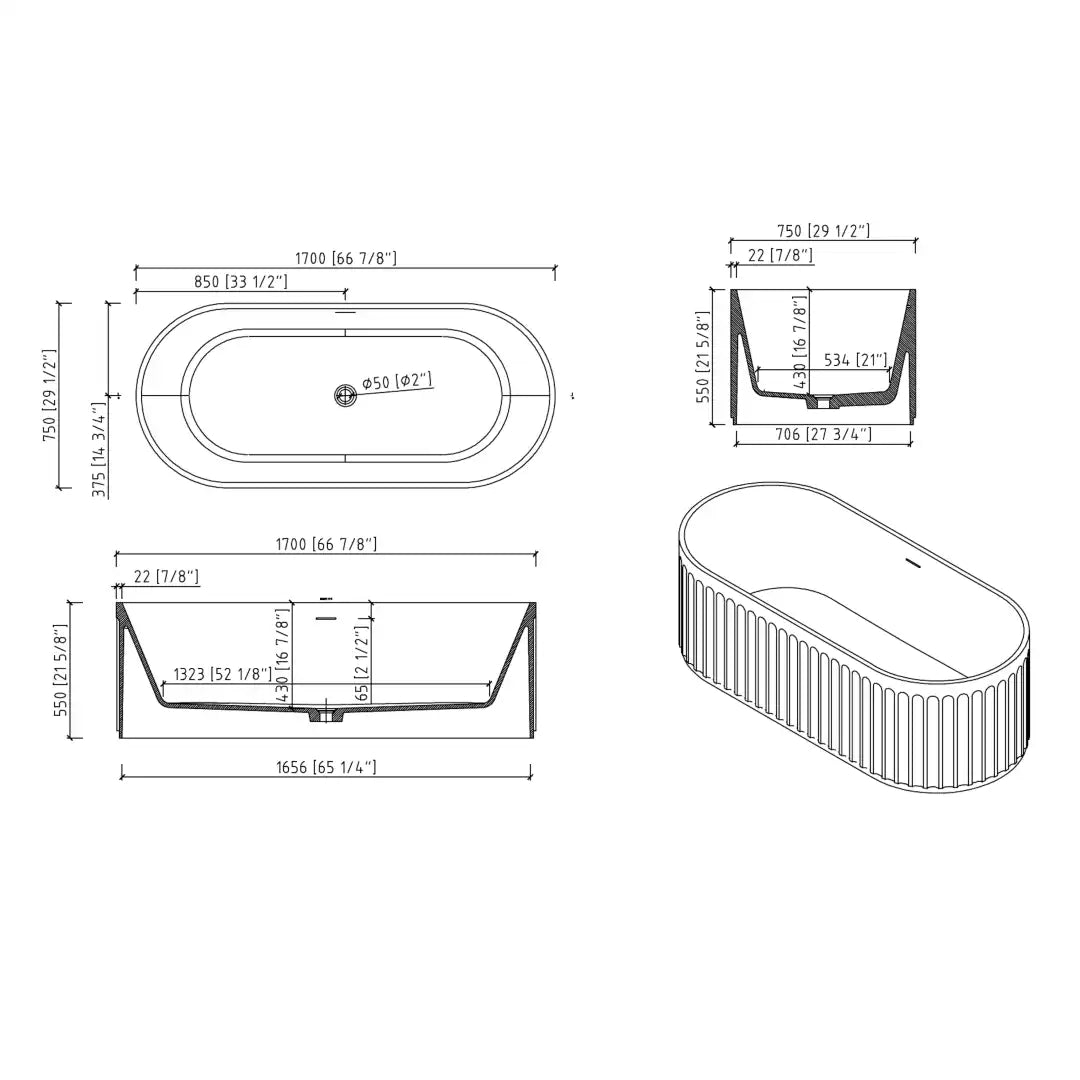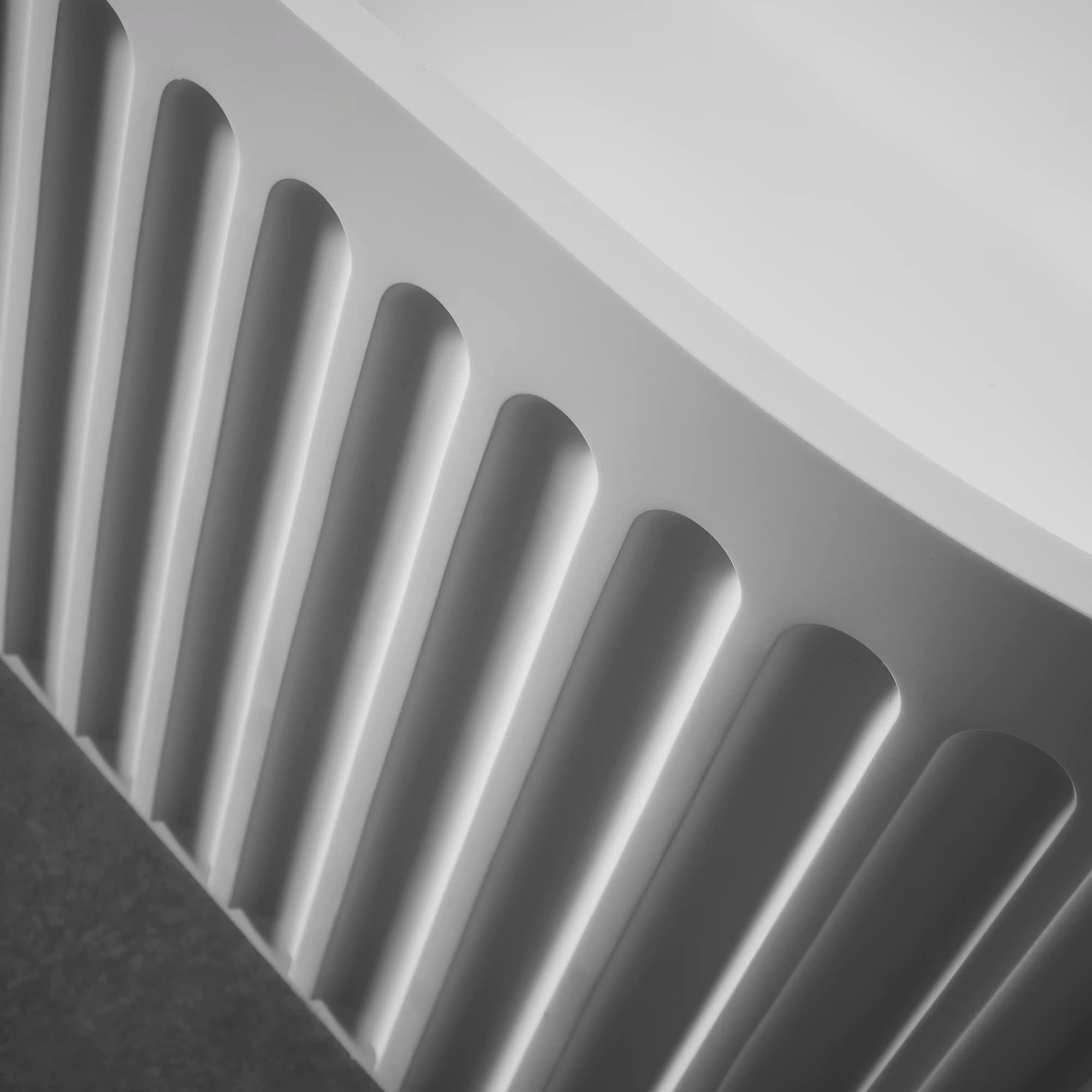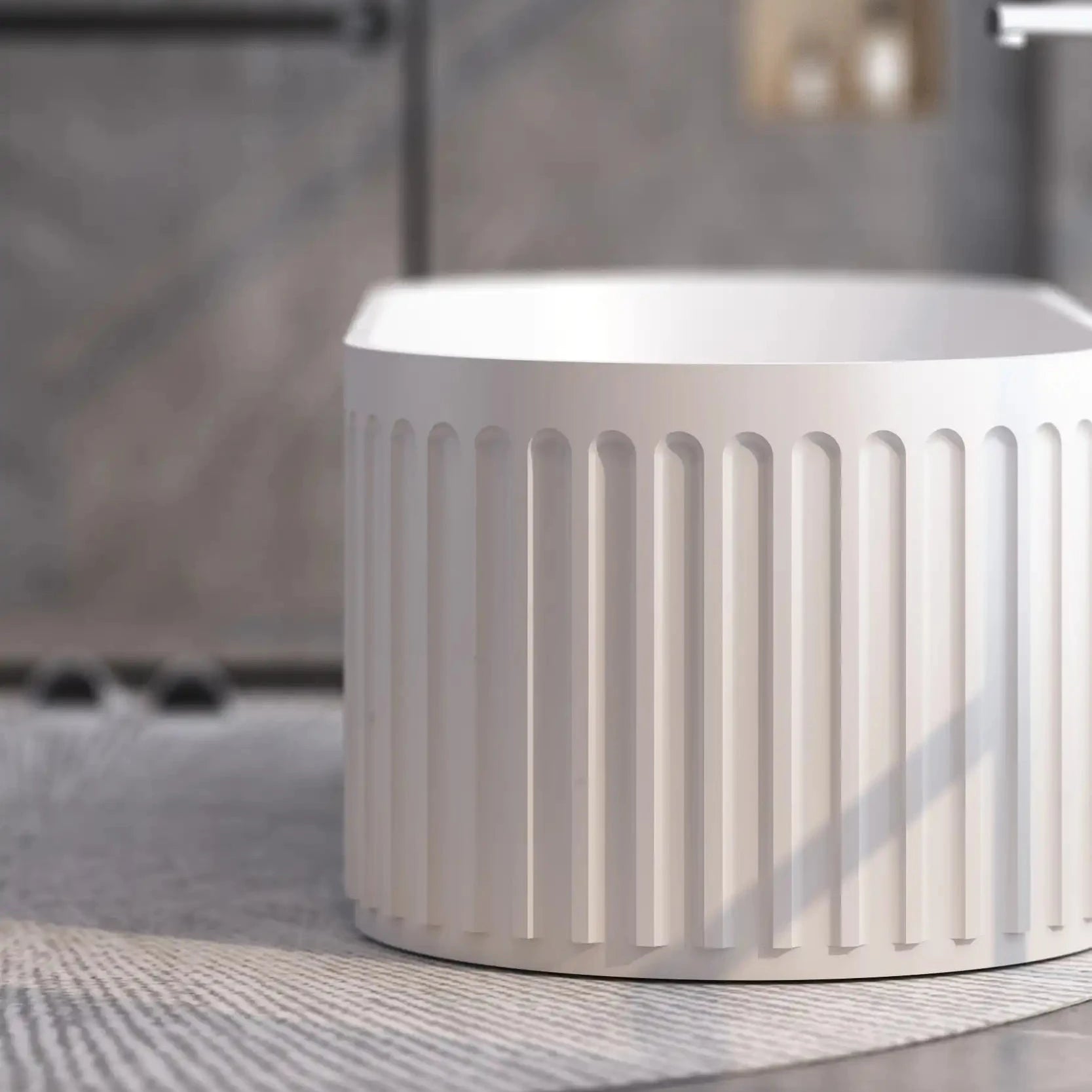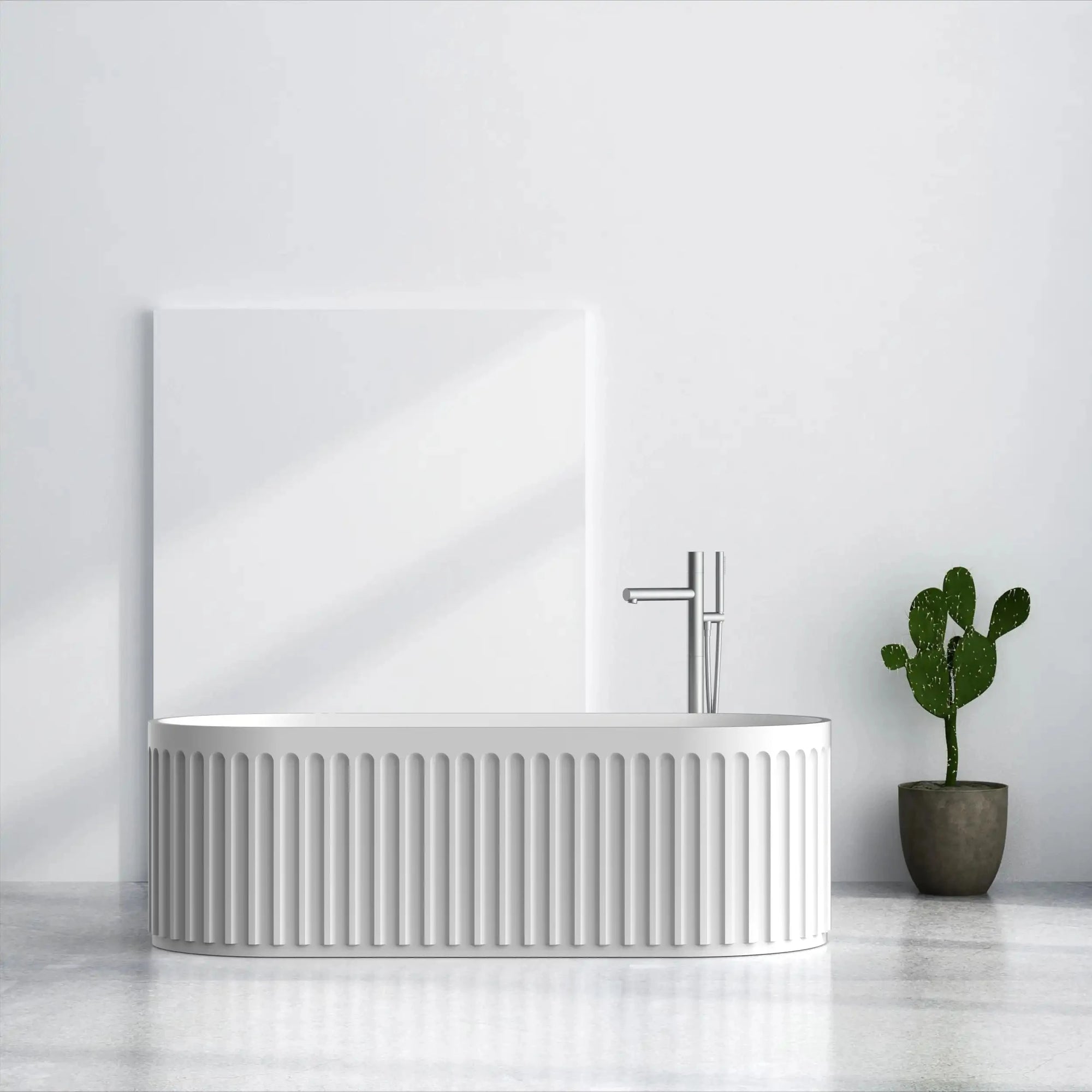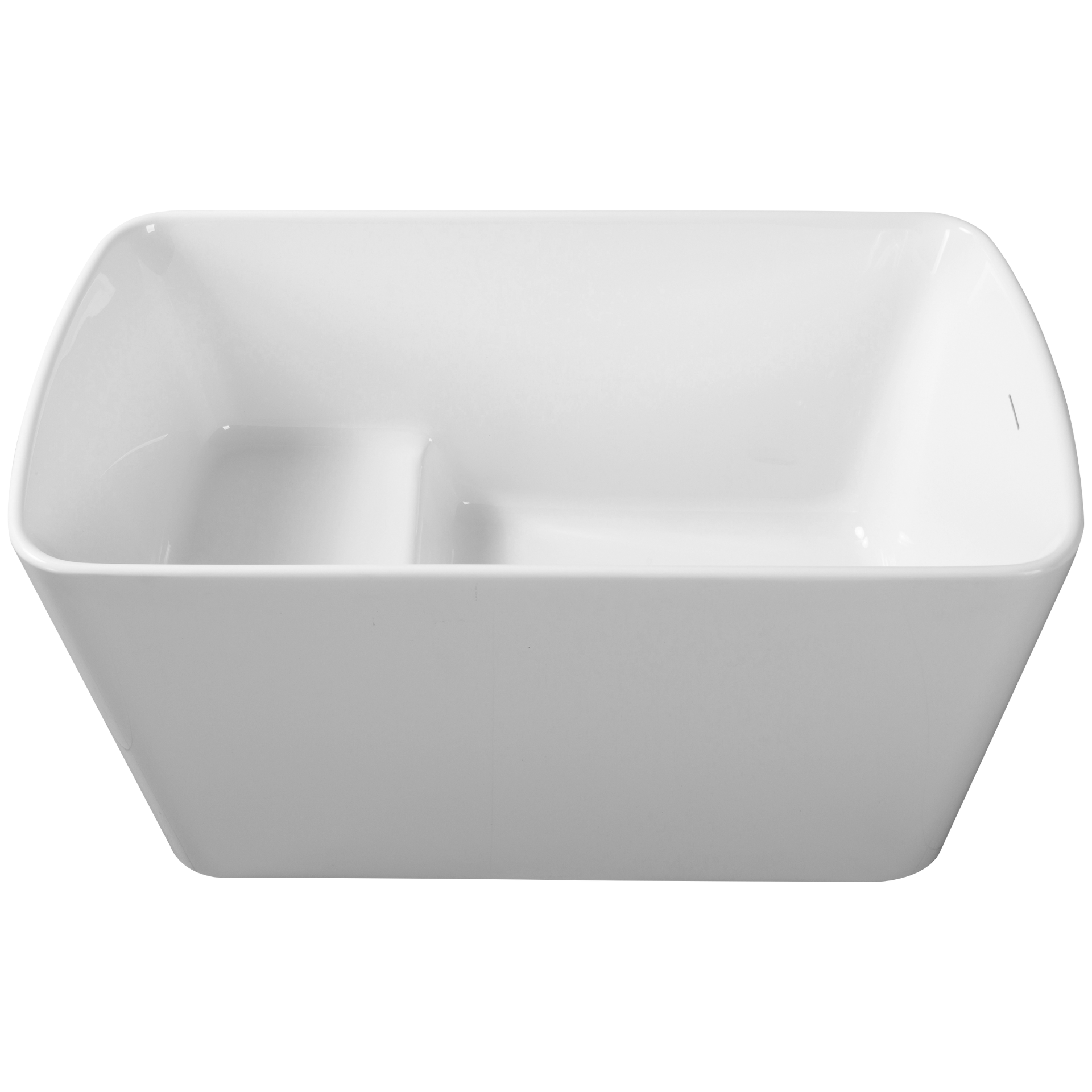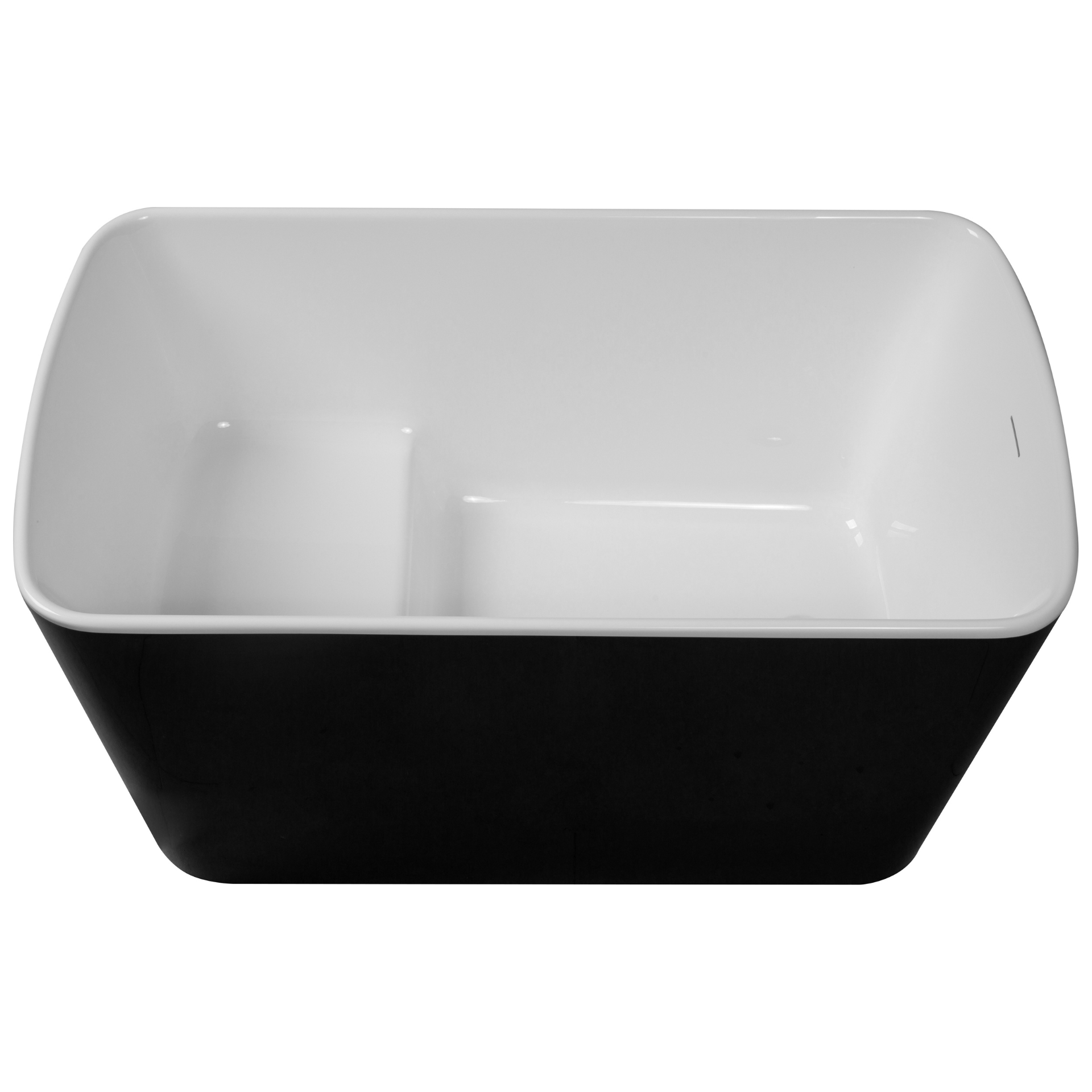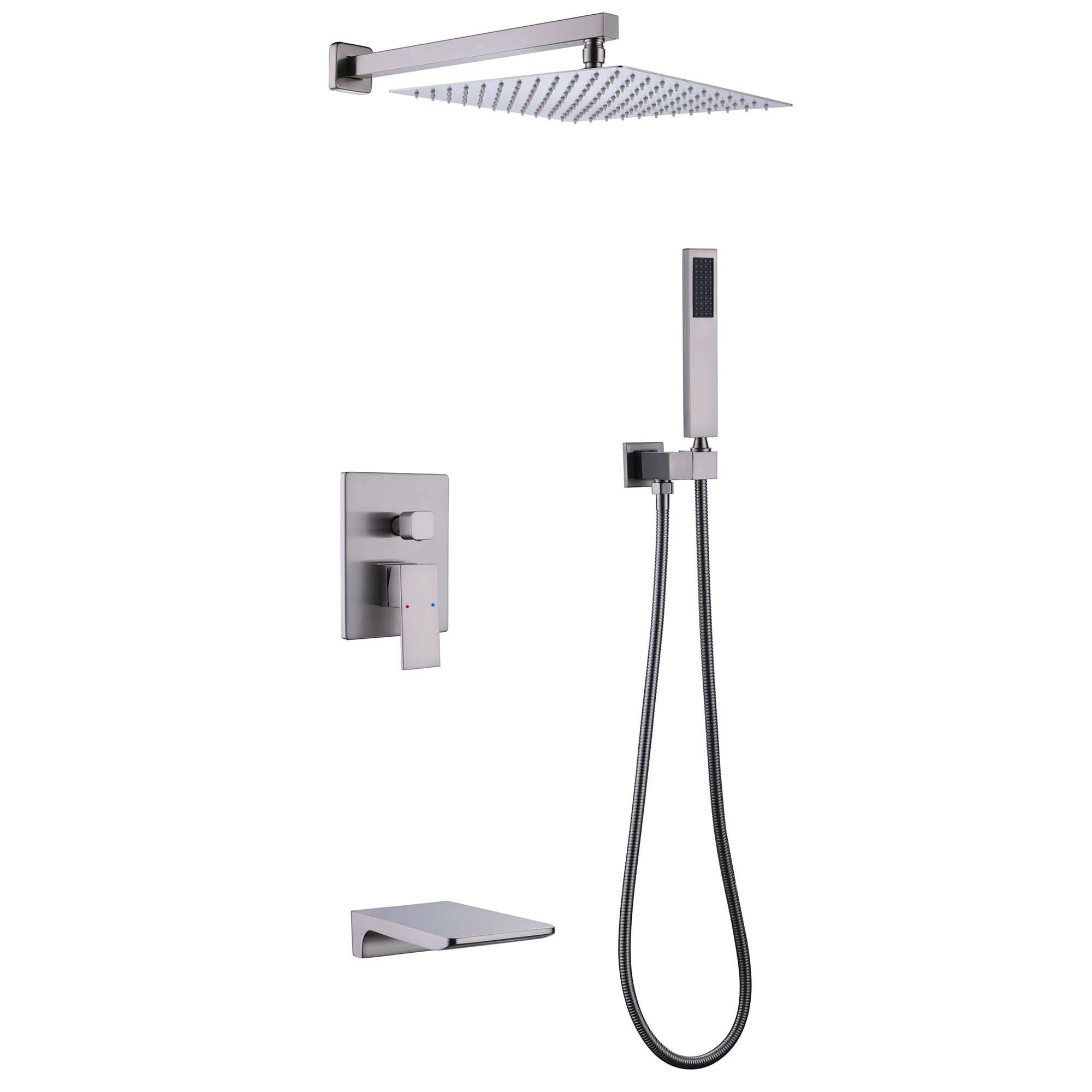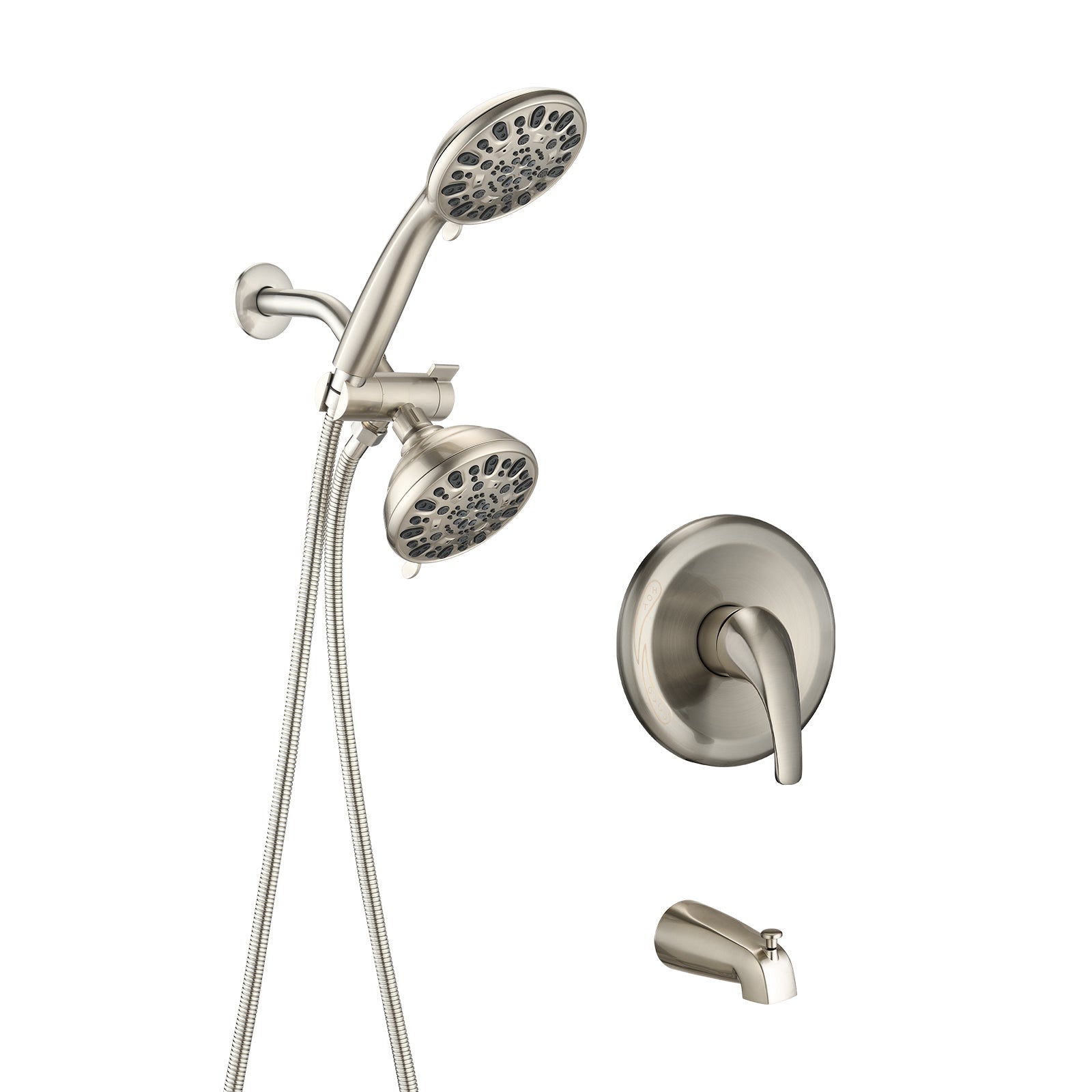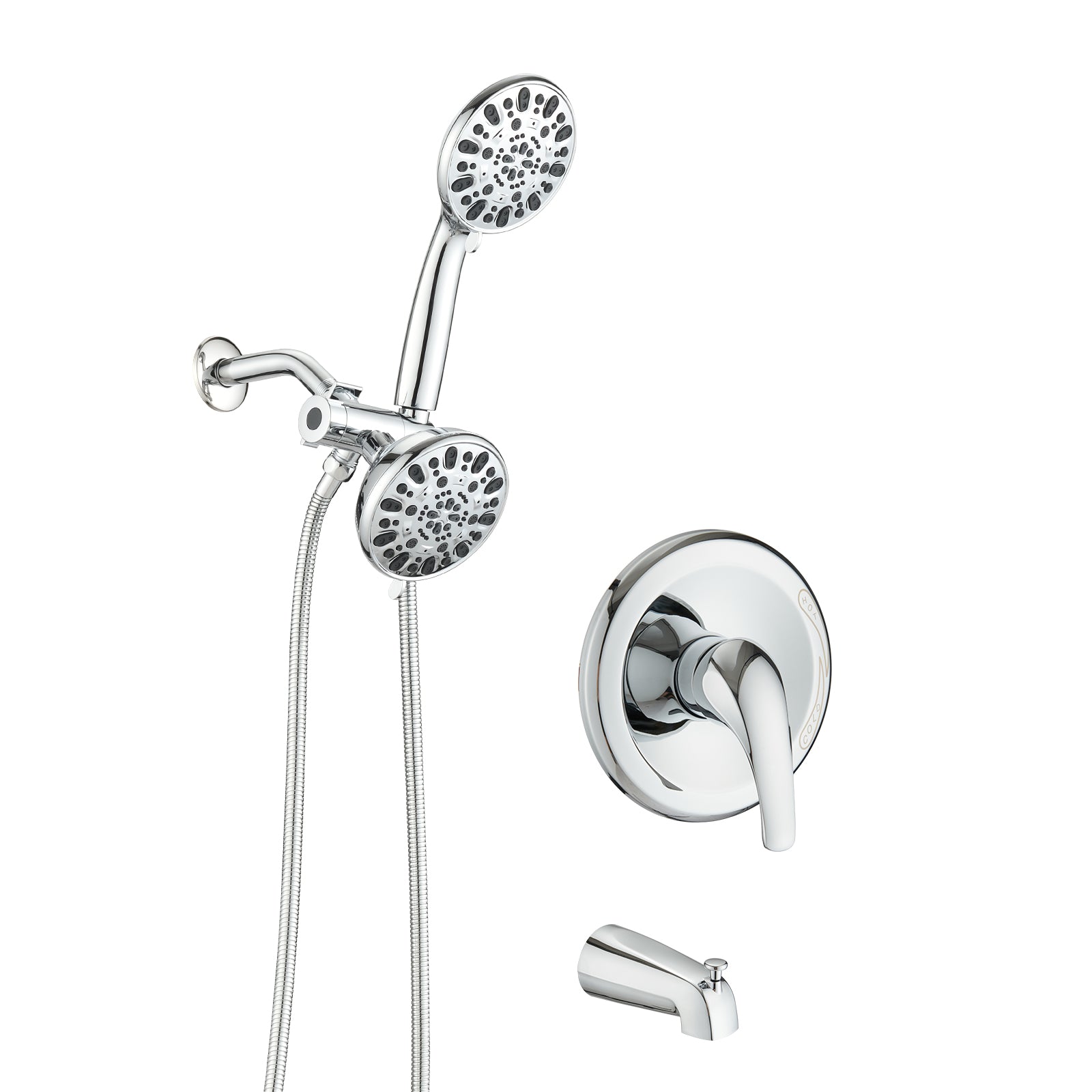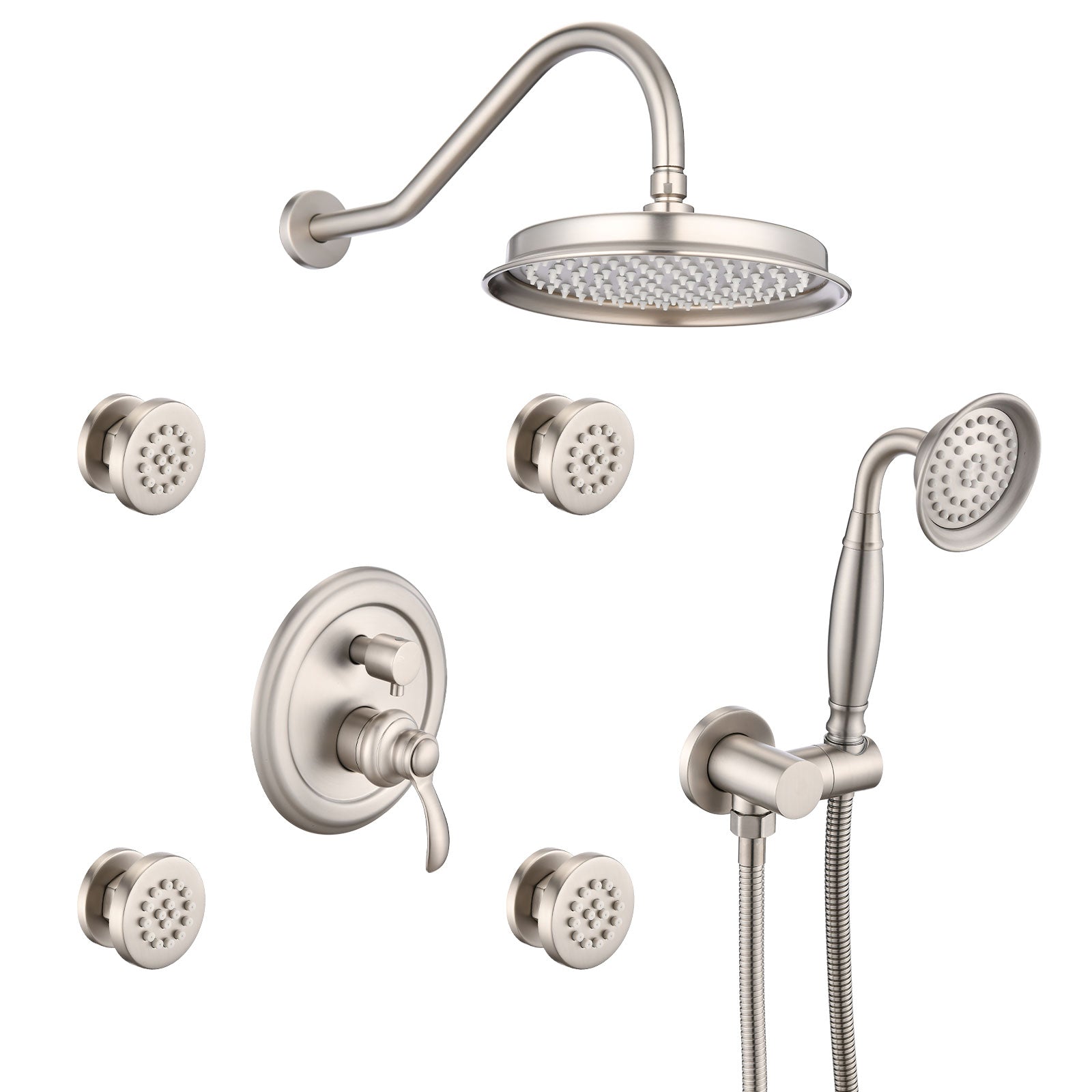Table of Contents
- What Are Bathtubs for Elderly?
- Safety Setup for Bathtubs for Elderly
- How to Choose the Right Bathtubs for Elderly
- Case-Like Summaries: Real Experiences With Bathtubs for Elderly
- FAQ: Common Questions About Bathtubs for Elderly
- Conclusion: Creating a Safe and Comfortable Bathroom Environment
-
Related Articles
The bathroom is often one of the most overlooked spaces in a home, yet it is also one of the most dangerous for older adults. According to the CDC, one in four adults over 65 experiences a fall every year, and many of these accidents happen in the bathroom. The combination of wet floors, slippery tiles, and the physical challenge of stepping into a traditional bathtub creates a perfect storm for accidents.
If you have an aging parent or are planning for your own future, you may already be wondering: is my bathroom really safe enough? This is where bathtubs for elderly come in. They are more than a home improvement product—they are a way to protect independence, preserve dignity, and reduce daily stress for families.
Why this guide matters for you
- You'll learn what bathtubs for elderly really are, and how they differ from traditional tubs.
- You'll see why seniors need them—not just physically, but emotionally and financially.
- You'll get real-world safety tips that go beyond marketing promises, drawn from lived experience.
- By the end, you'll have a clear roadmap to make your bathroom safer, smarter, and more comforting for the years ahead.
What Are Bathtubs for Elderly?

At their core, bathtubs for elderly are specially designed tubs that reduce risks and make bathing easier for older adults. They go by different names—walk-in bathtubs, ADA compliant tubs, or accessible bathtubs—but the idea is the same: safe entry, stable seating, and supportive features.
Unlike traditional tubs, which require lifting a leg 14–20 inches over a hard porcelain wall, bathtubs for elderly use low thresholds (2–4 inches) or a watertight walk-in door. Once inside, the person can sit comfortably on a built-in seat and enjoy bathing without the fear of slipping or falling.
Core Features of Bathtubs for Elderly
- Low-Threshold Entry or Walk-In Door: No more climbing over a tall tub wall. This reduces the single riskiest motion in a bathroom.
- Slip-Resistant Flooring: Flooring is textured to provide grip, even when wet.
- Built-In Seat: Chair-height seating eliminates the need to crouch down and stand up, two movements that often cause imbalance.
- Grab-Bar Ready Walls: Reinforced walls allow safe installation of support bars.
- Optional Hydrotherapy: Many models include heated seating, whirlpool jets, or air massage options for arthritis relief.
Traditional Bathtubs vs. Bathtubs for Elderly
| Feature | Traditional Bathtub | Bathtubs for Elderly |
|---|---|---|
| Entry Height | 14–20 inches | 2–4 inches (walk-in door) |
| Floor Surface | Smooth, slippery | Slip-resistant, ADA grade |
| Seating | None | Built-in chair-height seat |
| Grab Bar Integration | Not standard | Reinforced for safe bars |
| Therapy Options | Rare | Hydrotherapy, heating pads |
| Installation Time | Already built-in | 1–2 days for retrofit |
| Aging in Place Suitability | Low | High |
Safety Setup for Bathtubs for Elderly
When households start thinking about safety, the first instinct is usually to add quick fixes: suction grab bars, rubber mats, or a plastic stool inside the tub. These solutions may provide a sense of security, but in practice they are often unreliable. Real families have reported that suction bars lose grip, mats bunch up, and towel bars break when leaned on. This is why creating a truly safe environment for seniors requires a systematic setup—one that integrates structural support, reliable surfaces, and user-friendly fixtures.
Below is a comprehensive breakdown of how to set up bathtubs for elderly for maximum safety, with practical insights gathered from real experiences.

1. Grab Bars
The single most important element in bathroom safety for seniors is the grab bar. But while most families know they need one, what often goes wrong is how it is installed. A bar that is simply screwed into drywall or attached with adhesive cannot hold full body weight. To be reliable, grab bars need to be anchored directly into wall studs with the right fasteners.
Placement is just as critical as installation. A vertical bar at the entrance of the tub provides steady support while stepping in, while a horizontal bar along the back wall helps maintain balance once seated. Many caregivers also find that an angled bar near the faucet side gives seniors additional leverage when standing up. Together, these placements create a supportive "path" that guides the user safely from entry to exit.
🔒 Practical Tip
Many households begin with suction grab bars because they are inexpensive and easy to install. These can help with light balance, but they are not substitutes for stud-mounted options. Suction bars often lose grip, especially on textured tile. Similarly, towel bars are frequently mistaken for safety features—but they are not weight-rated and can snap unexpectedly when leaned on.

2. Transfer Solutions
Moving in and out of the bathtub is often the most dangerous moment for older adults. Even if the floor is dry and the tub has a non-slip base, the act of lifting one leg high while balancing on the other can create a serious fall risk. This is why we also recommend using transfer solutions that make this motion safer and less exhausting.
One of the most effective options is the transfer bench. Unlike a simple stool, this bench extends over the side of the tub, allowing the user to sit down outside first and then slide gently inside. By eliminating the need to lift both legs over the tub wall, the bench reduces strain on the hips and knees. For people with arthritis or joint replacements, this can be the difference between needing help and bathing independently.
We also recommend the shower chair placed inside the tub. This creates a stable, elevated seat so that bathing can be done comfortably while seated. When paired with a handheld showerhead, it allows washing without awkward stretching or standing.
In rental homes or temporary setups, we often suggest clamp-on tub bars, which attach directly to the rim of the tub and provide leverage for stepping in or out. For added long-term support, a tension pole (often called a T-pole) installed between the floor and ceiling gives seniors a secure vertical handhold at multiple heights, making pivoting movements much safer.
🔒 Practical Tip
- We've seen that combining a transfer bench with a vertical T-pole provides one of the most reliable setups. The bench ensures seated, low-strain entry, while the pole offers solid grip during transfer.
- Always confirm weight ratings before buying these aids. Some low-cost chairs and benches are designed for light or temporary use and may not withstand daily bathing over the long term.

3. Flooring and Surface Adjustments
Even the best-designed bathtub is only as safe as the floor around it. Many accidents happen not inside the tub but when stepping in or out, often due to slippery or poorly chosen surfaces. We strongly recommend paying attention to flooring and surface adjustments when preparing a bathroom for elderly use.
One of the simplest solutions is to add a non-slip mat inside or directly outside the bathtub. However, not all mats are created equal. Mats that curl at the edges or lose grip can quickly become hazards themselves. We suggest choosing mats with strong suction backing and testing them regularly to make sure they stay firmly in place.
For seniors with vision difficulties, matters as much as traction. A dark-colored mat against a white bathtub, or a light mat against darker flooring, helps define boundaries clearly. This small detail reduces missteps and makes the space visually easier to navigate.
If you are remodeling, we also recommend choosing small-format tiles for the bathroom floor. Unlike large glossy tiles, smaller tiles increase the number of grout lines, which naturally creates better traction. This design choice provides grip even when the floor is wet, adding an extra layer of security.
🔒 Practical Tip
It's wise to choose a non-slip mat inside the tub and a high-contrast mat just outside the entry. This dual setup addresses both traction and visibility, giving seniors confidence every time they step in and out.

4. Fixtures and Water Controls
Another overlooked aspect of safety is how easily seniors can control the water while bathing. Struggling with knobs or reaching too far for a faucet can be just as risky as stepping into the tub. We recommend upgrading fixtures so they are both accessible and intuitive.
A handheld showerhead with a long, flexible hose allows a person to remain seated while bathing. This reduces the need to stretch, turn, or stand up—all movements that often cause accidents. Lever-style handles are also a smart change: they require less force than knobs and are much easier to operate for those with arthritis. Positioning these controls within easy reach of the built-in seat prevents unnecessary strain.
When it comes to temperature, safety is just as important as comfort. Lowering the water heater setting to around 120°F (49°C) helps avoid accidental scalding without sacrificing warmth.
🔒 Practical Tip
Families often find that labeling hot and cold handles with clear, bold markings reduces confusion—especially for users with memory challenges or limited vision.

5. Lighting and Pathway Safety
Even the safest bathtub won't help if the path to reach it is dark or cluttered. Many falls occur at night when seniors move half-awake and in low light. That's why we recommend ensuring that the bathroom is well lit and free of obstacles.
Installing motion-activated LED nightlights along the bathroom floor is one of the simplest solutions. These guide seniors without requiring them to fumble for a switch. At the same time, it's wise to remove loose rugs or items that could trip someone before they reach the tub.
For bathrooms with door thresholds, low-profile or beveled designs work best, especially for seniors using walkers or shuffling their feet.
🔒 Practical Tip
Families who added nightlights not only reduced fall risks but also noticed that seniors felt more confident getting up at night, knowing the path was always illuminated.

6. Maintenance and Regular Checks
Safety doesn't end once the equipment is installed. We recommend building a simple routine for maintenance and checks so that small issues don't grow into major hazards.
Grab bars should be inspected monthly to ensure they aren't loose. Non-slip mats need regular attention as well—if they start curling or losing grip, they should be replaced. Shower chairs and transfer benches are prone to wear and tear over time, and cracked or unstable parts mean it's time for a new one.
🔒 Practical Tip
A bathroom safety checklist—kept in plain sight or with caregiver notes—helps ensure that grab bars, mats, and seating aids are checked on schedule without guesswork.
How to Choose the Right Bathtubs for Elderly
Choosing the right bathtubs for elderly is not simply a matter of comparing price tags or looking at glossy catalogs. The right bathtub is the one that aligns with your family's real situation—mobility needs, bathroom size, budget, and even long-term living plans. To make a confident choice, it helps to think of the process as a step-by-step journey rather than a one-time purchase.
Step 1: Understand the User
Every decision starts with the person who will use the bathtub. Mobility level is the single most important factor.
- If the senior can walk with minor assistance, a low-threshold bathtub with grab bars may be sufficient.
- If joint pain, arthritis, or balance problems are present, a walk-in bathtub with built-in seating becomes far more practical.
- For wheelchair users, look for extra-wide doors and transfer-friendly designs.
What we often see is that families underestimate how quickly mobility can change. A bathtub that feels "too safe" today may be the one feature that allows independence a year from now. We recommend planning for tomorrow, not just today.
Step 2: Match the Tub to Your Home Layout
The next factor is your bathroom itself. Some families are surprised to find that the home's layout narrows their options dramatically.
| Home Type | Best Options for Elderly | Why It Works |
|---|---|---|
| Small apartments | Compact alcove tubs, low-threshold options | Fit into limited space without costly remodeling |
| Suburban family homes | Walk-in tubs with inward or outward doors | Space allows for larger, more accessible designs |
| Rental properties | Freestanding or portable tubs with clamp-on safety aids | Minimal-impact installation, no major structural changes |
Plumbing and drainage are also practical considerations. Moving pipes often doubles the renovation cost. Whenever possible, choose a model that works with your existing plumbing setup.
Step 3: Think Beyond the Price Tag
Budget matters—but not in the way most people assume. A lower price may look attractive, but what really counts is life cycle cost: the expense of ownership over 10 to 15 years.
- Budget models can develop leaks, yellowing, or mechanical issues within a few years.
- Mid-range ADA-compliant tubs typically last a decade or more, balancing upfront affordability with reliability.
- Premium therapeutic tubs cost more initially but often reduce medical expenses by easing arthritis, improving circulation, and supporting recovery.
🔰 Tips
Families on discussion boards often regret choosing the cheapest tub first. What saved money at the beginning later caused frustration with repairs and replacements. Investing in durability once is less stressful than patching problems every two years.
Step 4: Factor in Caregiving Needs
Not all seniors bathe alone. If caregiving is part of the routine, the bathtub has to serve both the user and the helper.
- For independent users, easy entry, seating, and reachable controls make daily bathing possible without assistance.
- For caregiver-assisted bathing, wider doors, transfer benches, or even two-seat options make the process smoother and safer for everyone involved.
One common theme among caregivers is that the right bathtub doesn't just reduce accidents—it reduces stress. If the bathing process feels like a daily struggle, even the safest tub won't feel like a good investment.
Step 5: Balance Safety with Style
Safety should never come at the expense of comfort and dignity. Many elderly people resist bathroom modifications because they fear the space will feel clinical. In reality, today's bathtubs for elderly are designed to blend into a home's style.
- Modern finishes such as acrylic with glass doors work well in contemporary homes.
- Traditional finishes like enamel with brushed fixtures keep the classic look many seniors prefer.
- High-contrast fixtures (dark handles against light walls, or vice versa) are not just stylish—they also improve visibility for seniors with low vision.
🔰 Tips
Families often notice that when the bathroom feels elegant, seniors are more comfortable using it regularly. Dignity is just as important as safety.
Step 6: Plan for the Future
Finally, think about how long the senior intends to stay in the home. According to AARP, 77% of adults over 50 want to age in place. That means the decisions you make today will affect independence for years to come.
A bathtub designed for elderly use is more than a convenience—it's an investment in long-term safety and comfort. We recommend installing a future-proof solution now, rather than waiting for a fall or injury to force an emergency renovation.
Case-Like Summaries: Real Experiences With Bathtubs for Elderly
When families start exploring bathtubs for elderly, they often face similar challenges. Some try quick, inexpensive fixes first. Others learn the hard way that not every product marketed as "ADA compliant" is truly reliable. Over time, certain patterns appear across households—what works, what fails, and what makes the biggest difference in everyday safety.
Below are several common scenarios that highlight lessons many families have shared. They're not tied to a single brand, but they capture the real struggles and solutions that come up again and again when seniors try to bathe safely at home.
Case 1: The Hidden Risk of "Quick Fixes"
A daughter in her 40s installed suction grab bars for her aging father. At first, it seemed like the perfect, inexpensive solution. But after a few weeks, one of the bars came loose when her father leaned on it. Thankfully, he only stumbled instead of falling.
This family realized that temporary products are not a substitute for permanent safety features. They decided to replace the suction bars with stud-mounted grab bars and added a low-threshold entry mat. The difference was immediate: her father felt more confident getting in and out of the bathtub, and the daughter no longer worried every time he showered.
Quick fixes can fail at the worst moments. Even small investments in permanent fixtures greatly reduce long-term risk.
Case 2: The Transfer Bench Breakthrough
A man caring for his wife after hip surgery shared that lifting her legs into the tub was exhausting for both of them. She felt embarrassed needing help, and he worried about straining his back.
Their solution was a transfer bench combined with a vertical support pole. His wife could now sit outside the tub and slide in safely without lifting her legs over the high wall. The pole gave her something stable to hold as she pivoted. What had once been a stressful daily routine became a smooth process they could manage together without fear.
The right aids don’t just improve safety—they preserve dignity and reduce caregiver stress.
Case 3: When Cheap Becomes Expensive
Another family decided to buy a budget-friendly bathtub marketed as "ADA compliant.” Within three years, the tub developed leaks around the seal and showed signs of discoloration. They ended up spending more on repairs than they would have on a higher-quality model.
After replacing it with a sturdier, mid-range option, they noticed a clear difference in both performance and peace of mind. The new tub not only lasted longer but also required far less maintenance.
Life cycle cost matters more than upfront cost. A slightly higher investment at the beginning can save thousands in repairs and replacements down the line.
FAQ: Common Questions About Bathtubs for Elderly
1. Are bathtubs for elderly covered by Medicare or insurance in the U.S.?
In most cases, Medicare does not cover the cost of bathtubs for elderly, including walk-in tubs, because they are considered "convenience items" rather than medical necessities. However, some Medicare Advantage (Part C) plans or state-specific Medicaid programs may provide partial support if the tub is part of a prescribed fall-prevention plan. We recommend checking with your provider before purchasing.
2. Can I install a bathtub for elderly in a rental property in the U.S.?
Yes, but with conditions. Permanent modifications, such as replacing an existing tub with a walk-in model, usually require landlord approval. Many families in the U.S. choose portable solutions (transfer benches, clamp-on grab bars, or low-threshold tubs) in rentals because they can be removed without damage. Always check your lease and communicate with your landlord before starting an installation.
3. What are the U.S. standards for ADA-compliant bathtubs?
In the United States, ADA (Americans with Disabilities Act) standards specify dimensions for seat height, threshold clearance, and grab bar placement. While private homes are not required to follow ADA standards, we recommend choosing ADA-compliant bathtubs for elderly because they ensure safe access and can also increase resale value, especially in communities with aging populations.
4. How much does it cost to install bathtubs for elderly in the U.S.?
The cost varies widely by state and by bathroom condition. On average, installing a walk-in bathtub in the U.S. ranges from $2,500 to $8,500, including labor. More advanced models with hydrotherapy or quick-drain features can reach $10,000–$15,000. Families often underestimate labor costs, which are higher in cities like New York, Los Angeles, or San Francisco compared to smaller towns. We recommend getting multiple quotes from licensed contractors in your state.
Conclusion: Creating a Safe and Comfortable Bathroom Environment
Bathtubs for elderly are more than fixtures—they represent safety, independence, and dignity in daily life. Choosing the right solution depends on mobility, space, budget, and long-term plans, but the core principle remains the same: a bathroom should never be a place of fear or risk. With the right adjustments—secure grab bars, non-slip flooring, thoughtful lighting, and supportive seating—you can transform a vulnerable routine into a confident, comfortable experience.
At the same time, a safe bathroom is rarely about just one product. For families in the U.S. planning renovations, it's often about building an environment that balances accessibility and style. Whether it's upgrading fixtures, redesigning layouts, or selecting modern vanities and storage solutions, every detail contributes to how seniors and their families experience the space.
We've seen that the most successful remodels focus on two goals:
- Safety and accessibility for today's needs.
- Design and durability that will continue to serve for years to come.
If you're exploring bathroom upgrades—whether for aging parents, future-proofing your own home, or simply creating a safer environment—our team specializes in custom bathroom furniture and remodeling solutions that combine practicality with aesthetics.
Looking to create a bathroom that feels safe, stylish, and future-ready? Explore our full range of bathroom furniture and design services. Together, we can help you build a space that supports independence, comfort, and peace of mind.
Related Articles
Looking to learn more about bathroom safety and senior-friendly design? Explore these related articles for practical tips and deeper insights.
- "Bathroom Bench Ideas: Stylish and Practical Options for Every Home"
- "Bathtub Faucet Replacement: How to Change Bathtub Faucet Without a Plumber"
- "Standard Shower Head Height: A Practical Guide for Real Bathrooms"
- "Types of Shower Door Seals: The Complete Guide to Choosing, Installing, and Troubleshooting"
- "What Is the Best Smart Toilet? 6 Top Brands and Models in the World"
- "Everything You Need to Know Before Buying the Best Shower Head for Low Water Pressure"
- "Acrylic vs Porcelain Tubs in Today's Bathroom Design"
